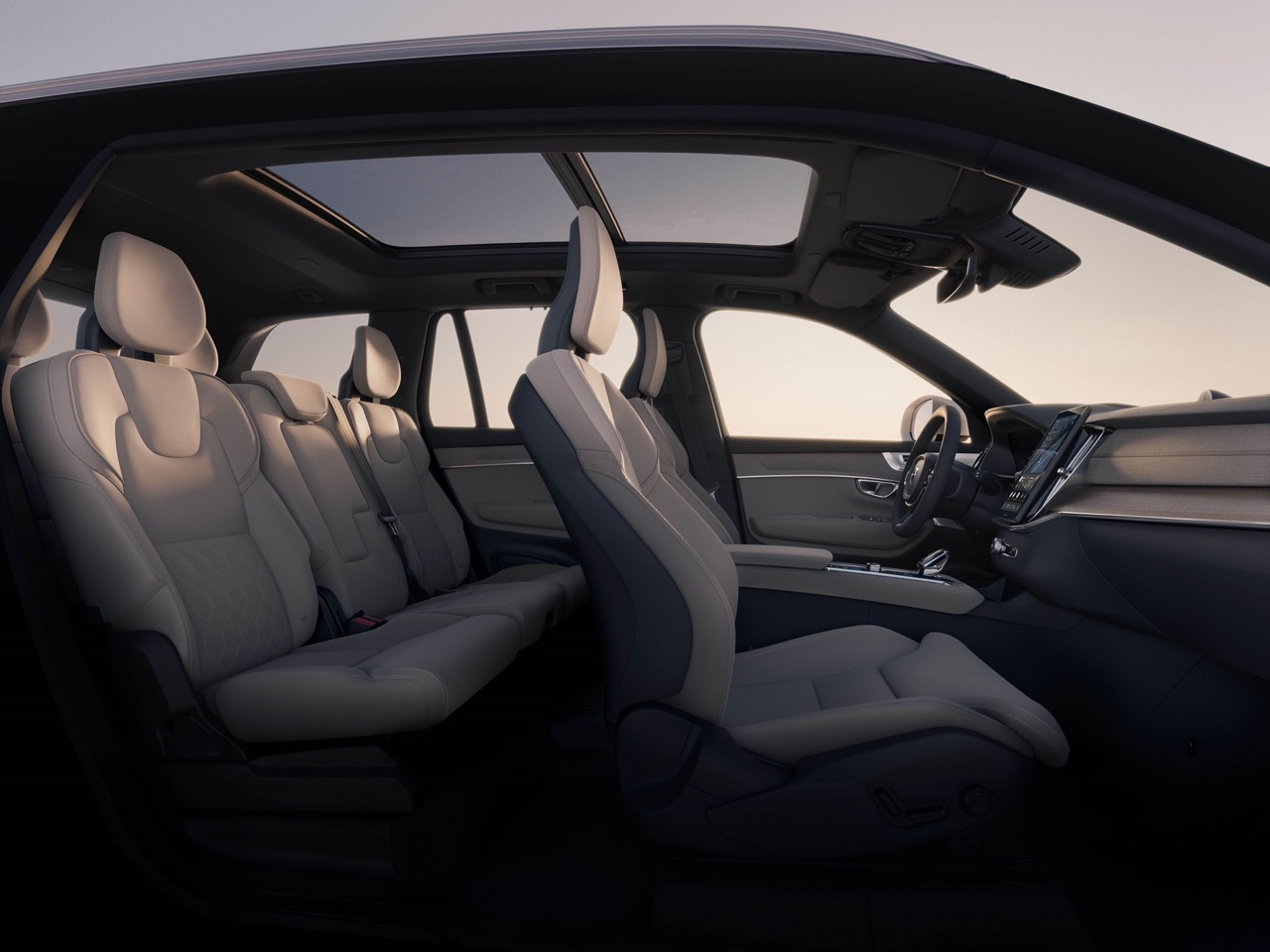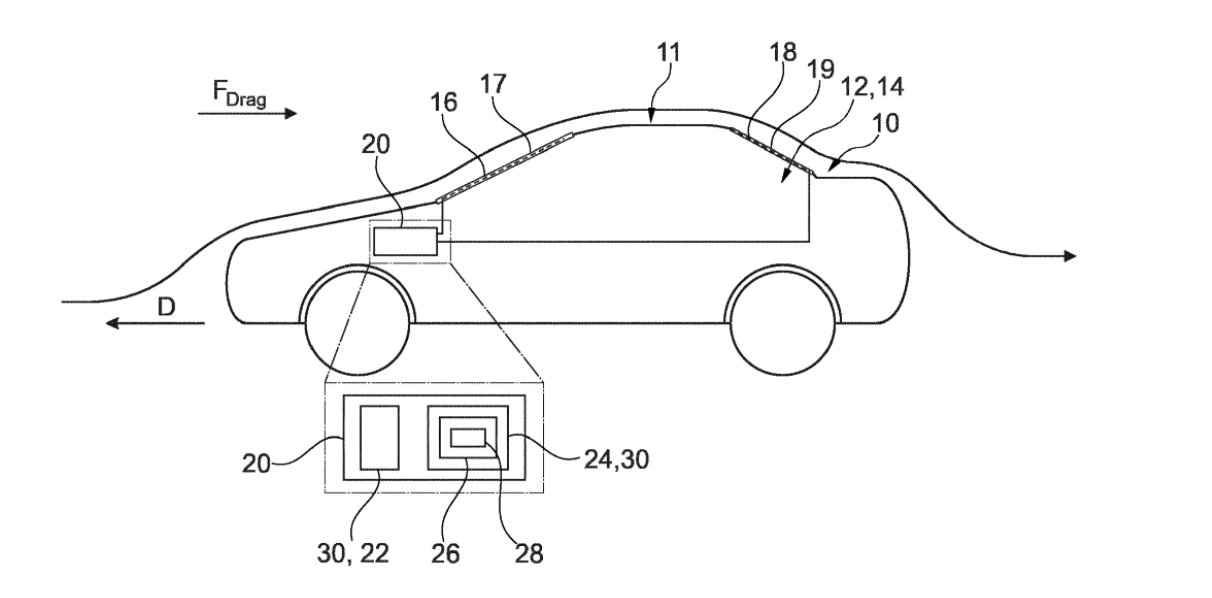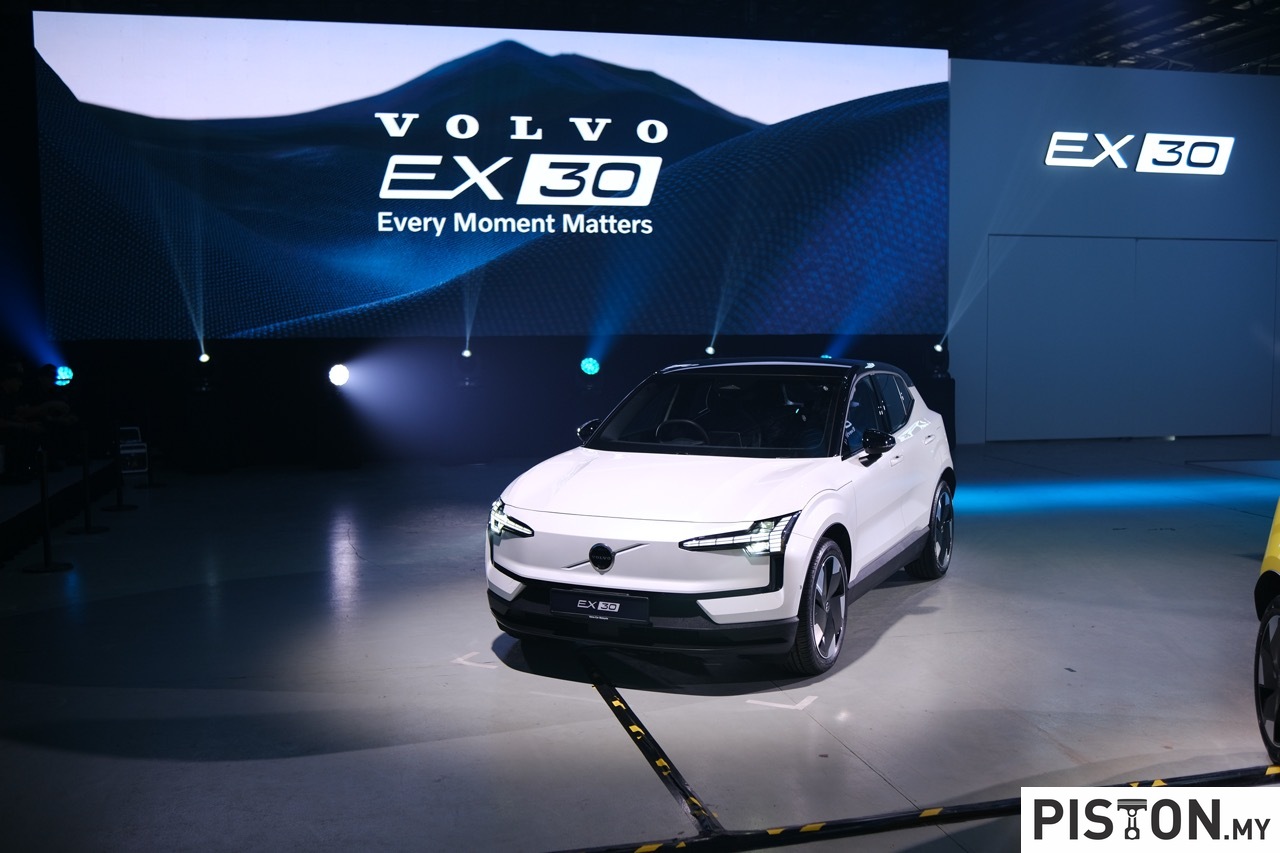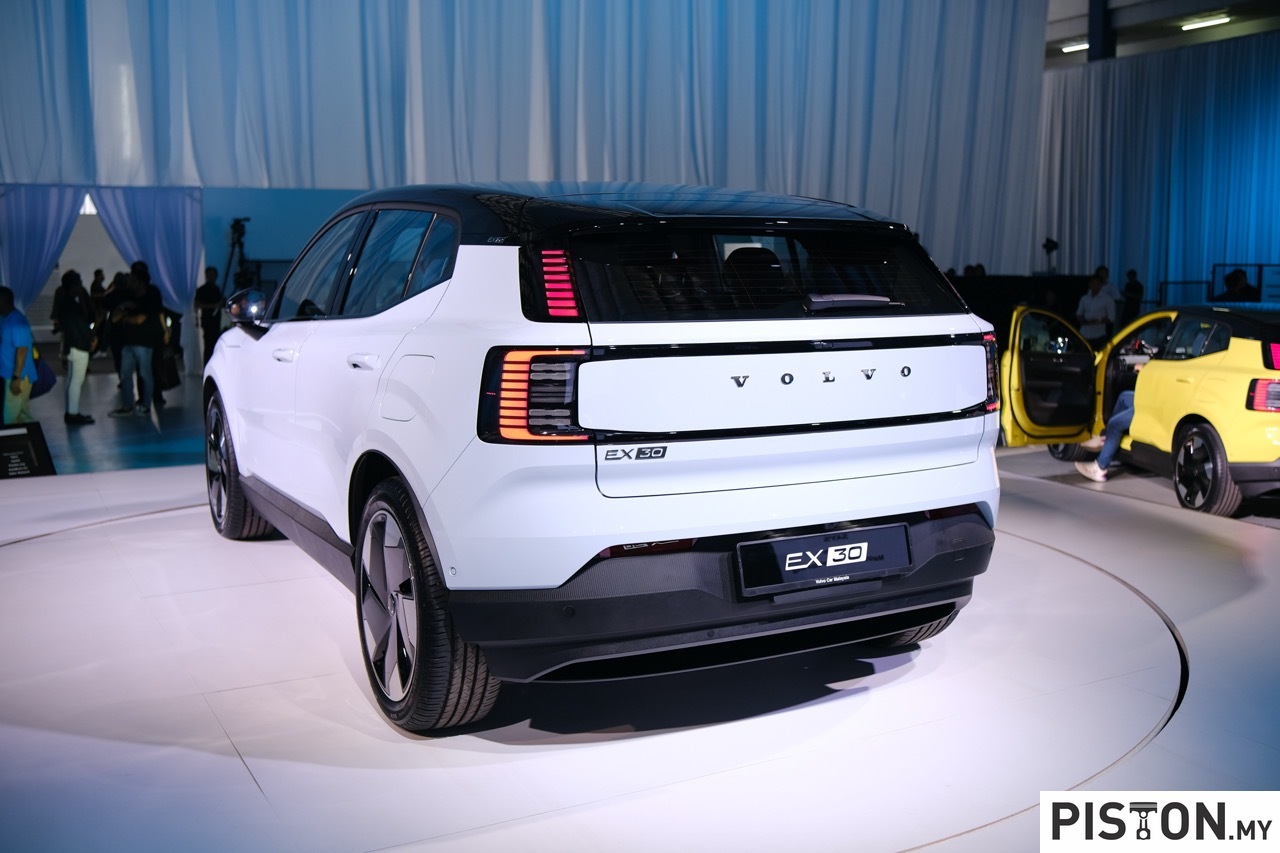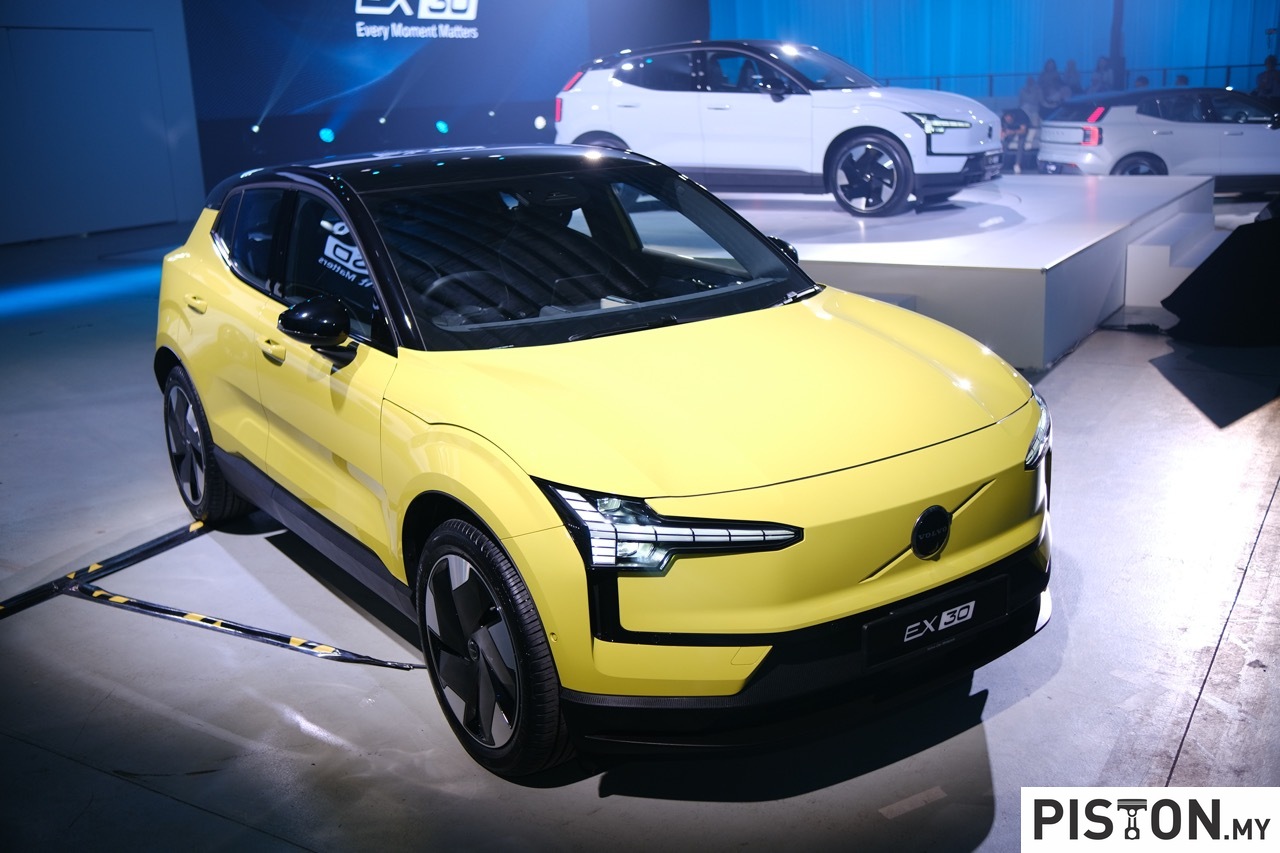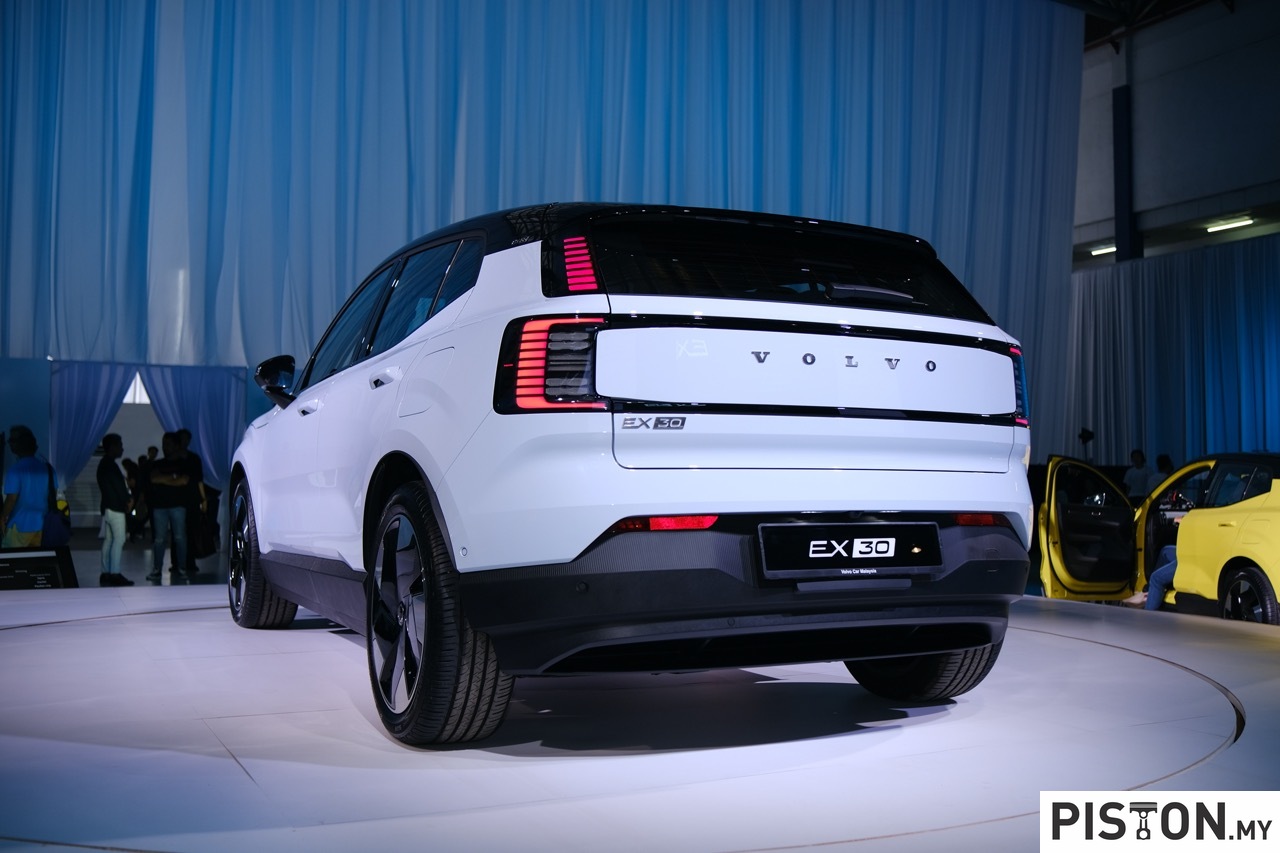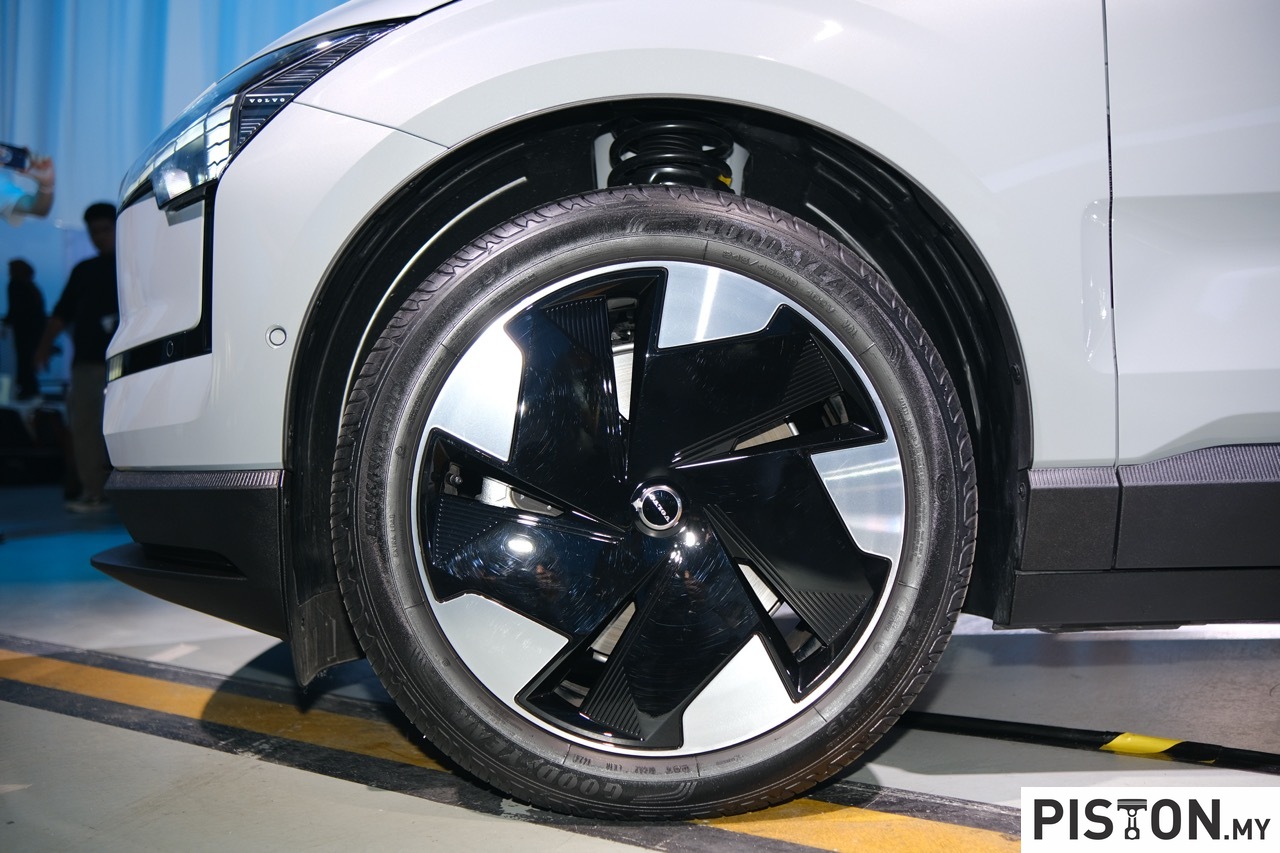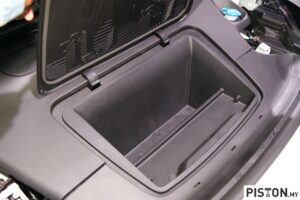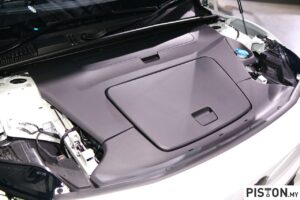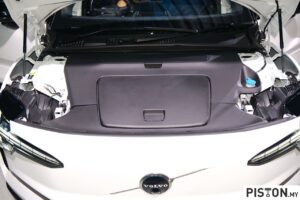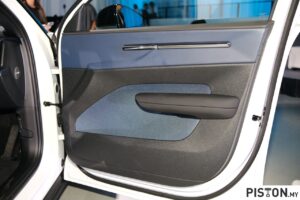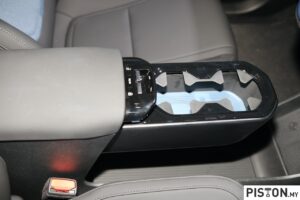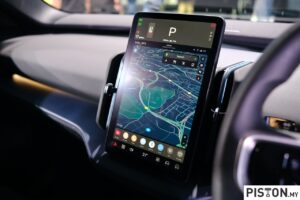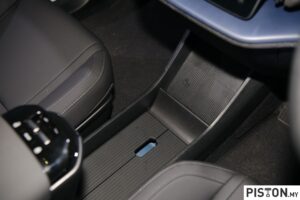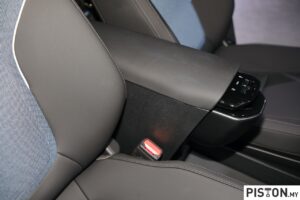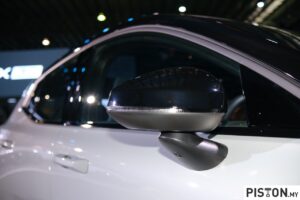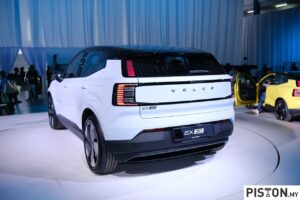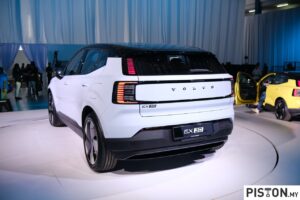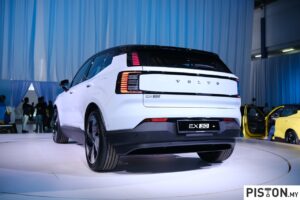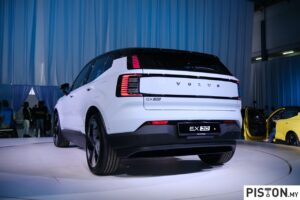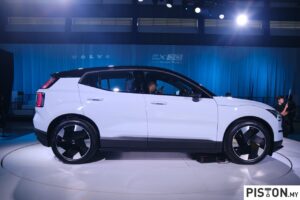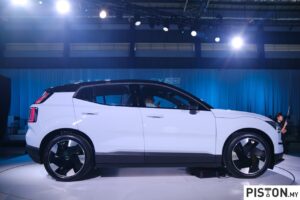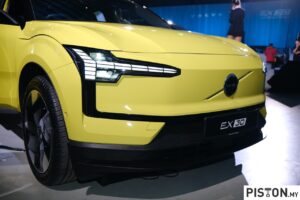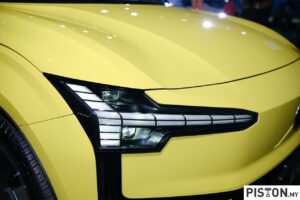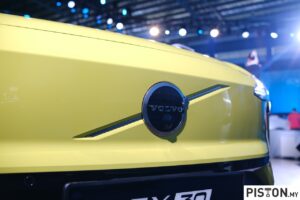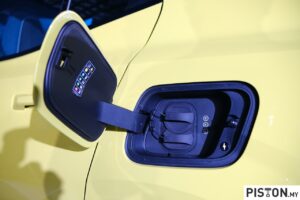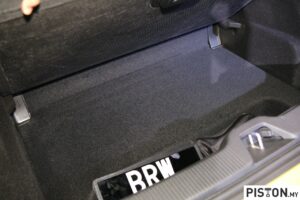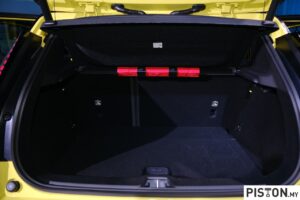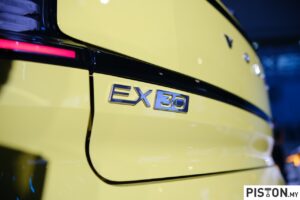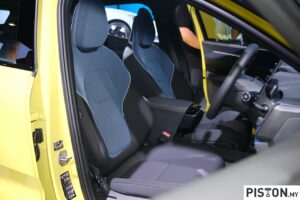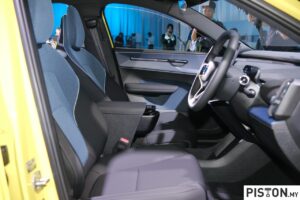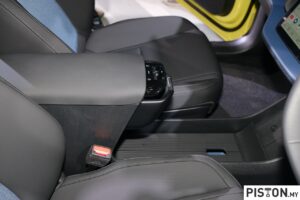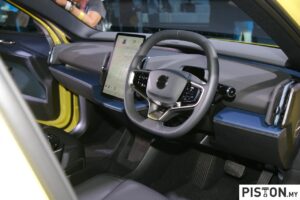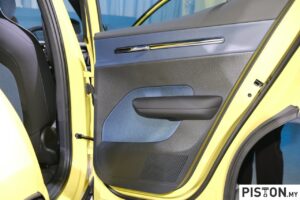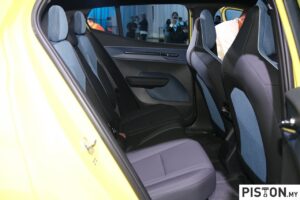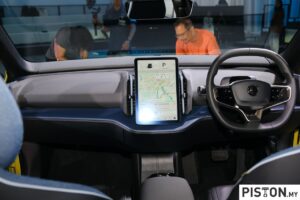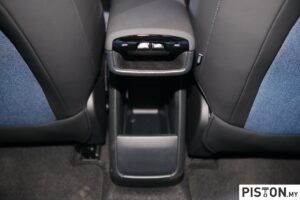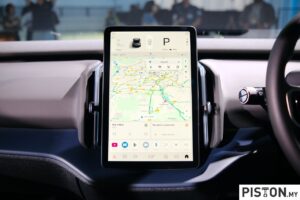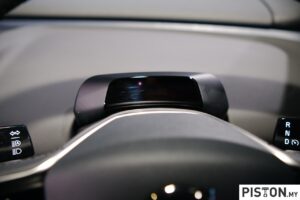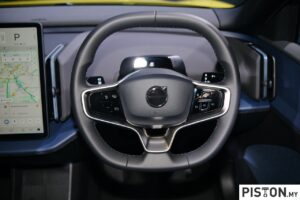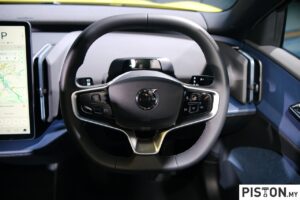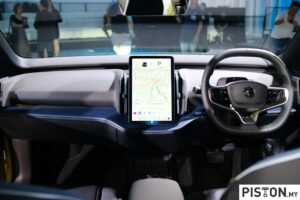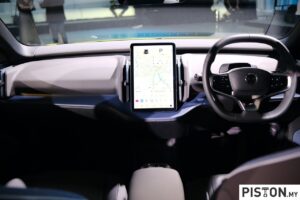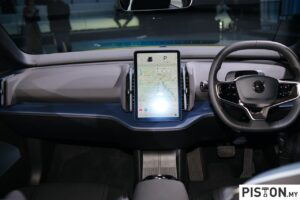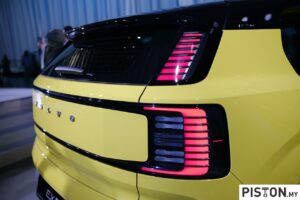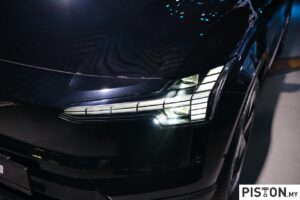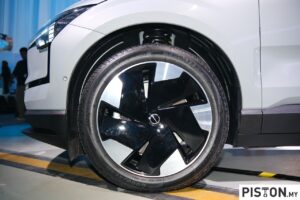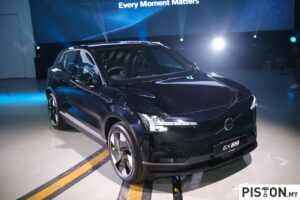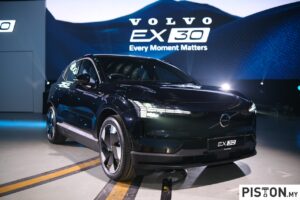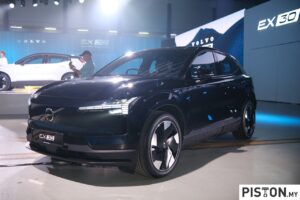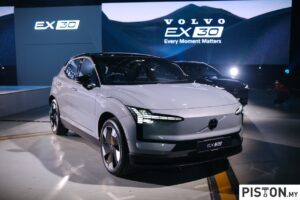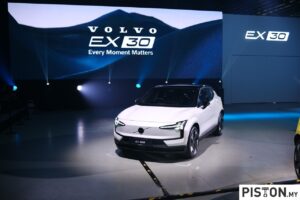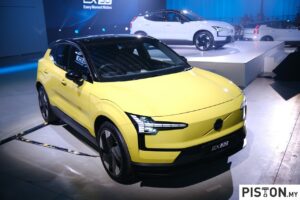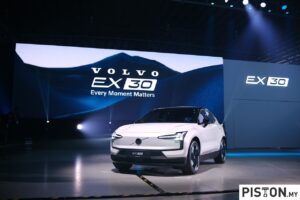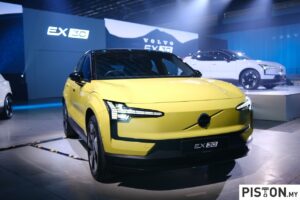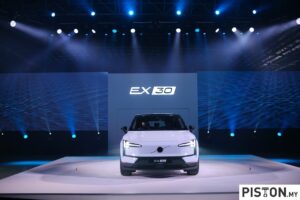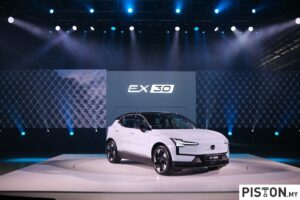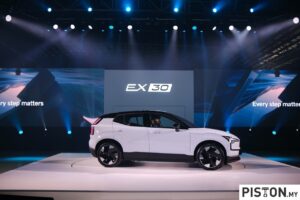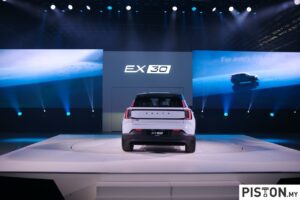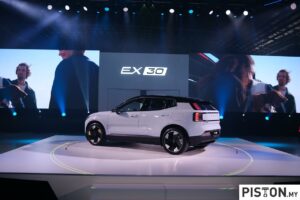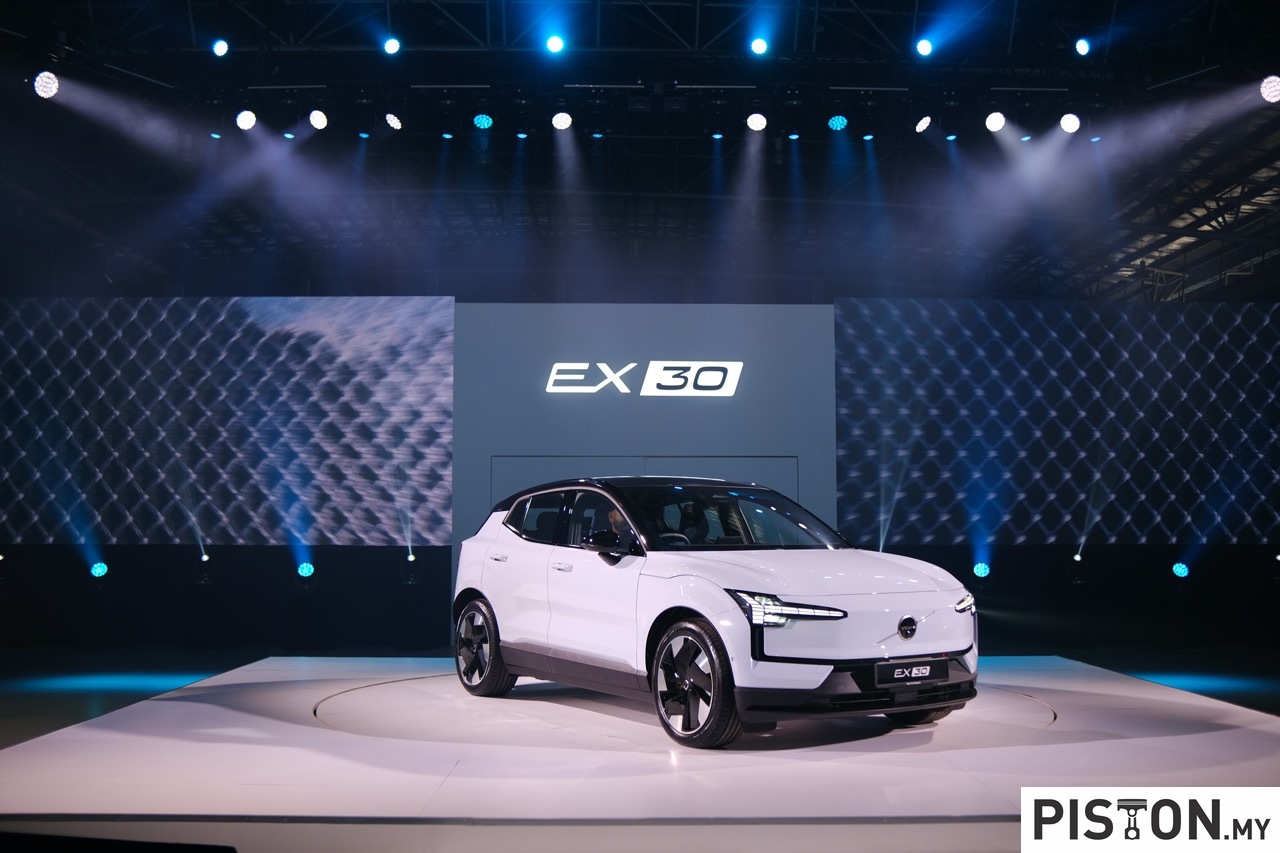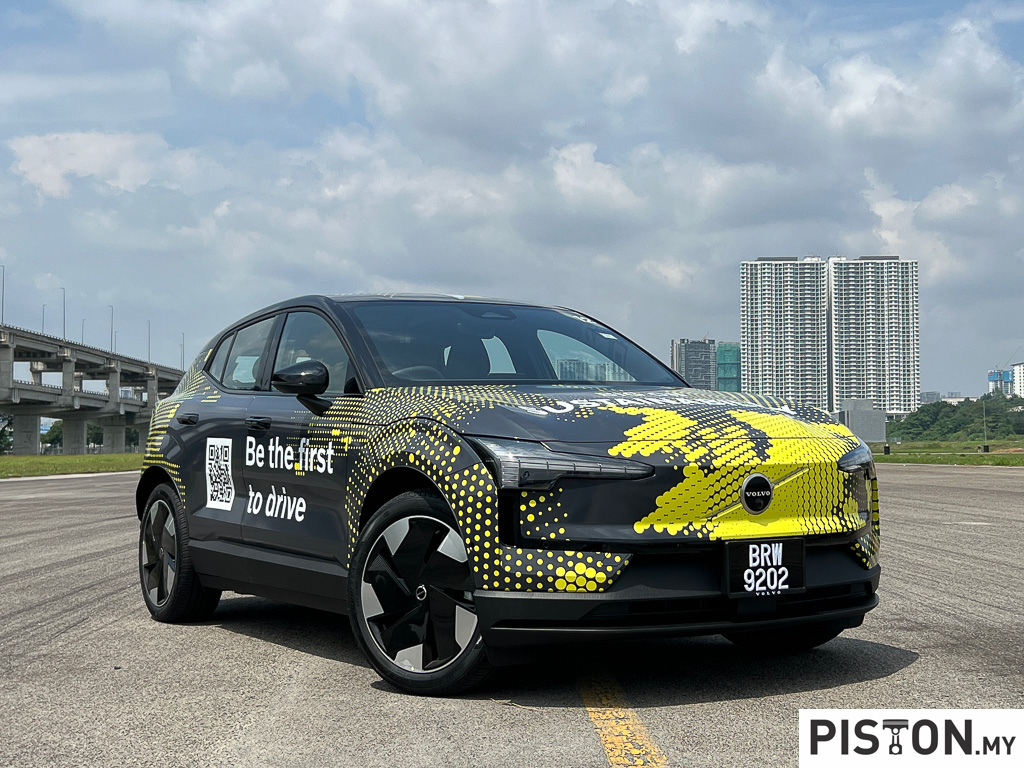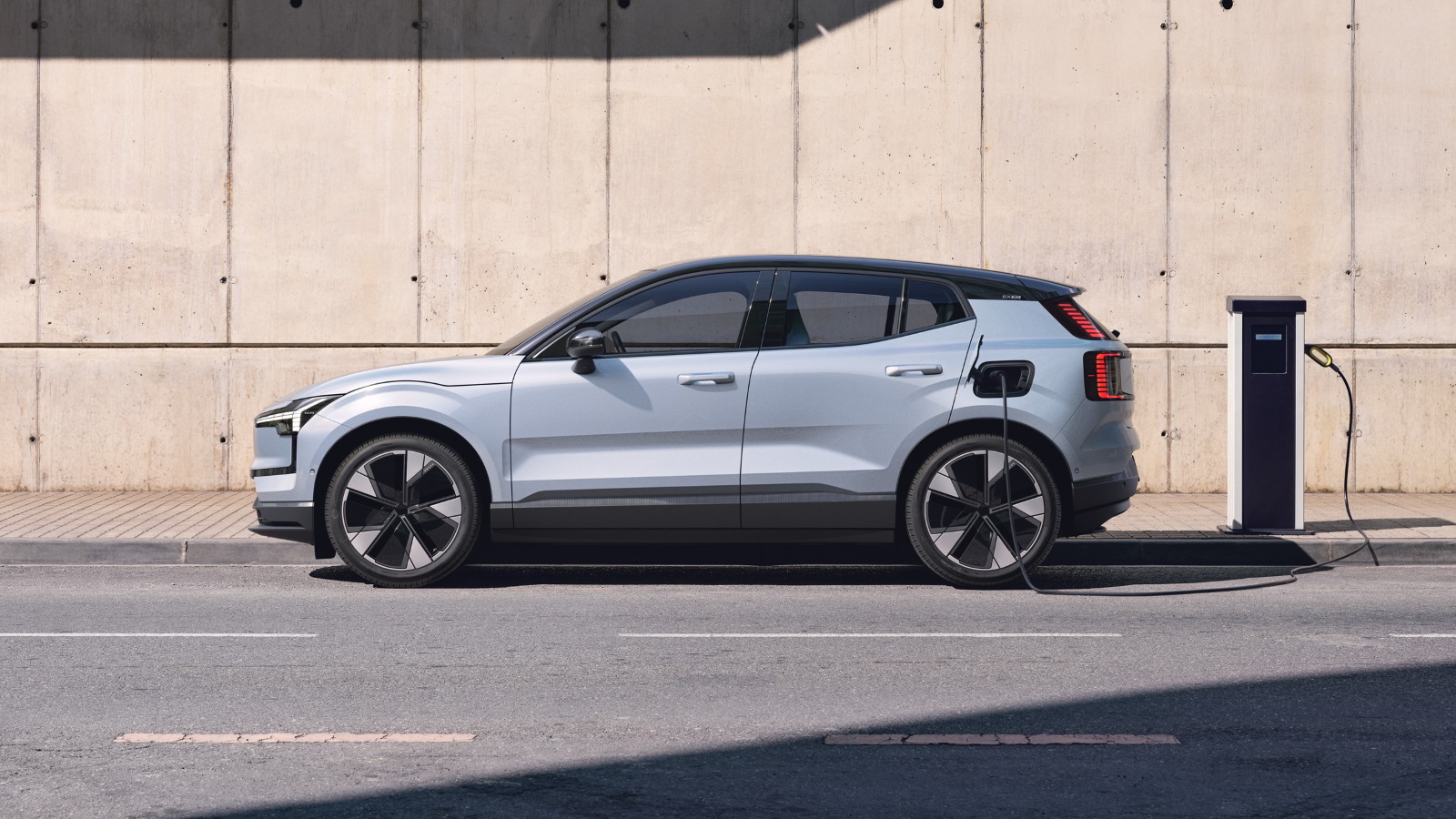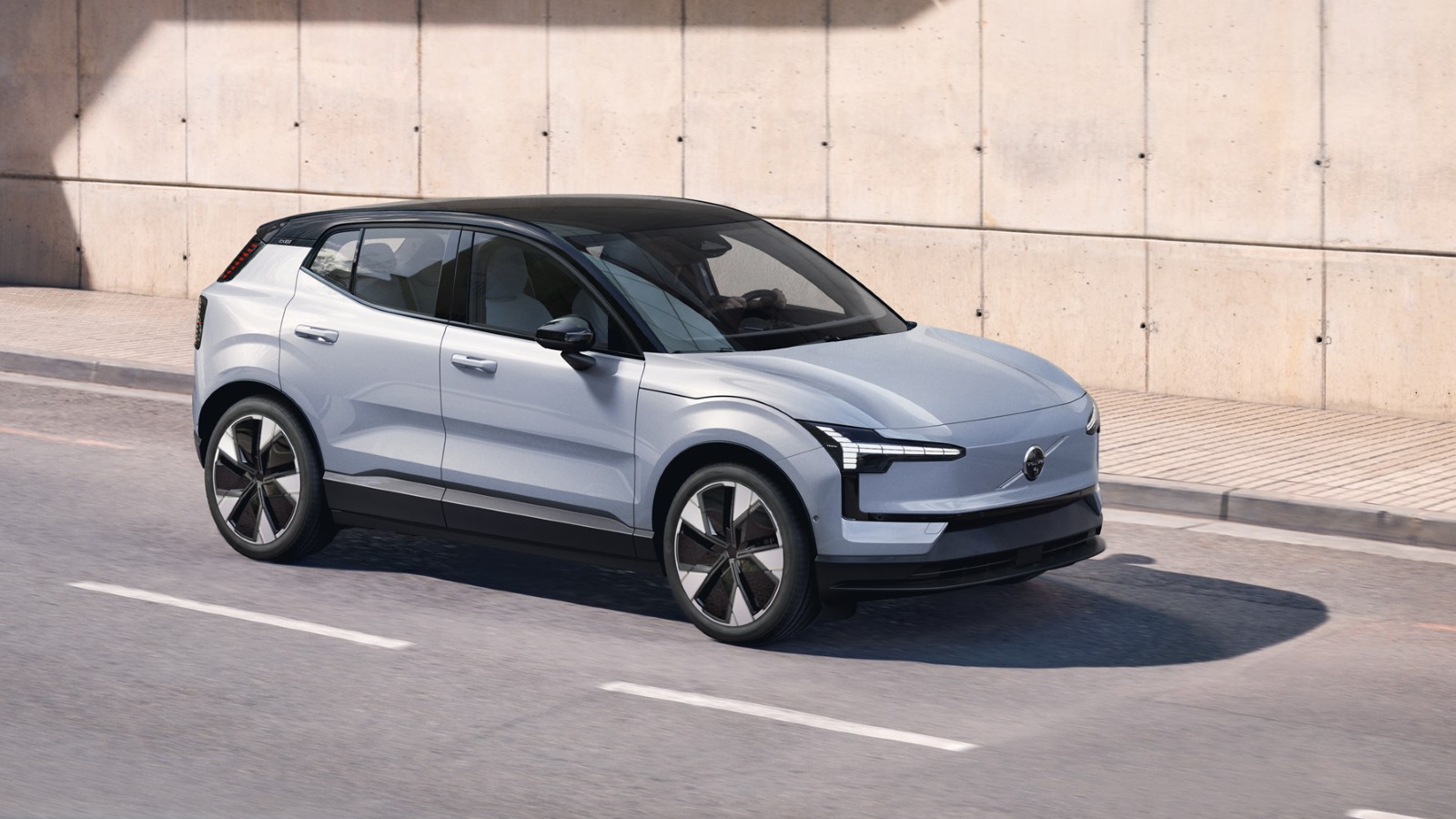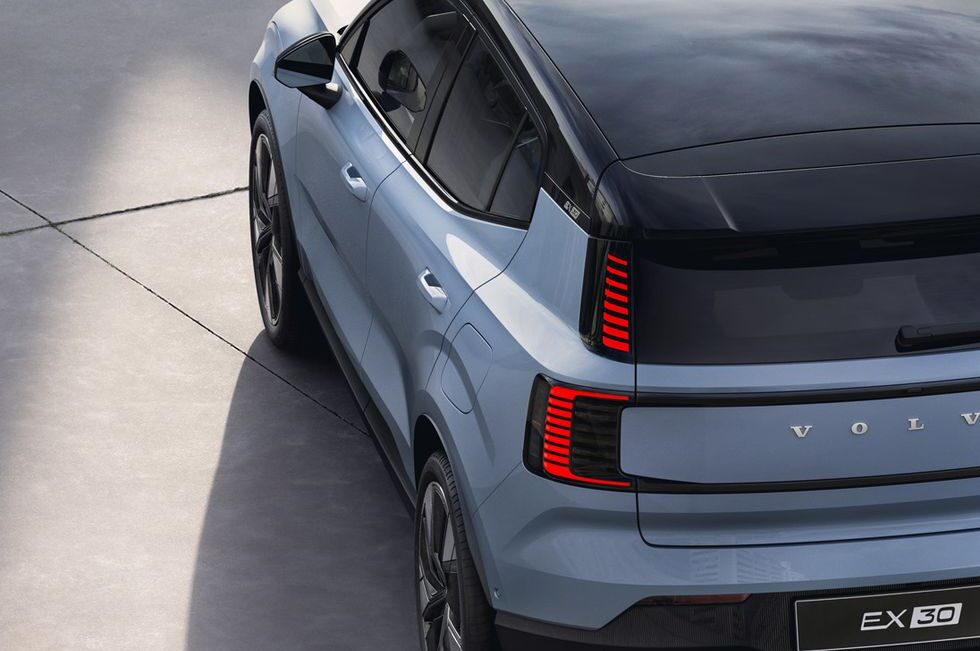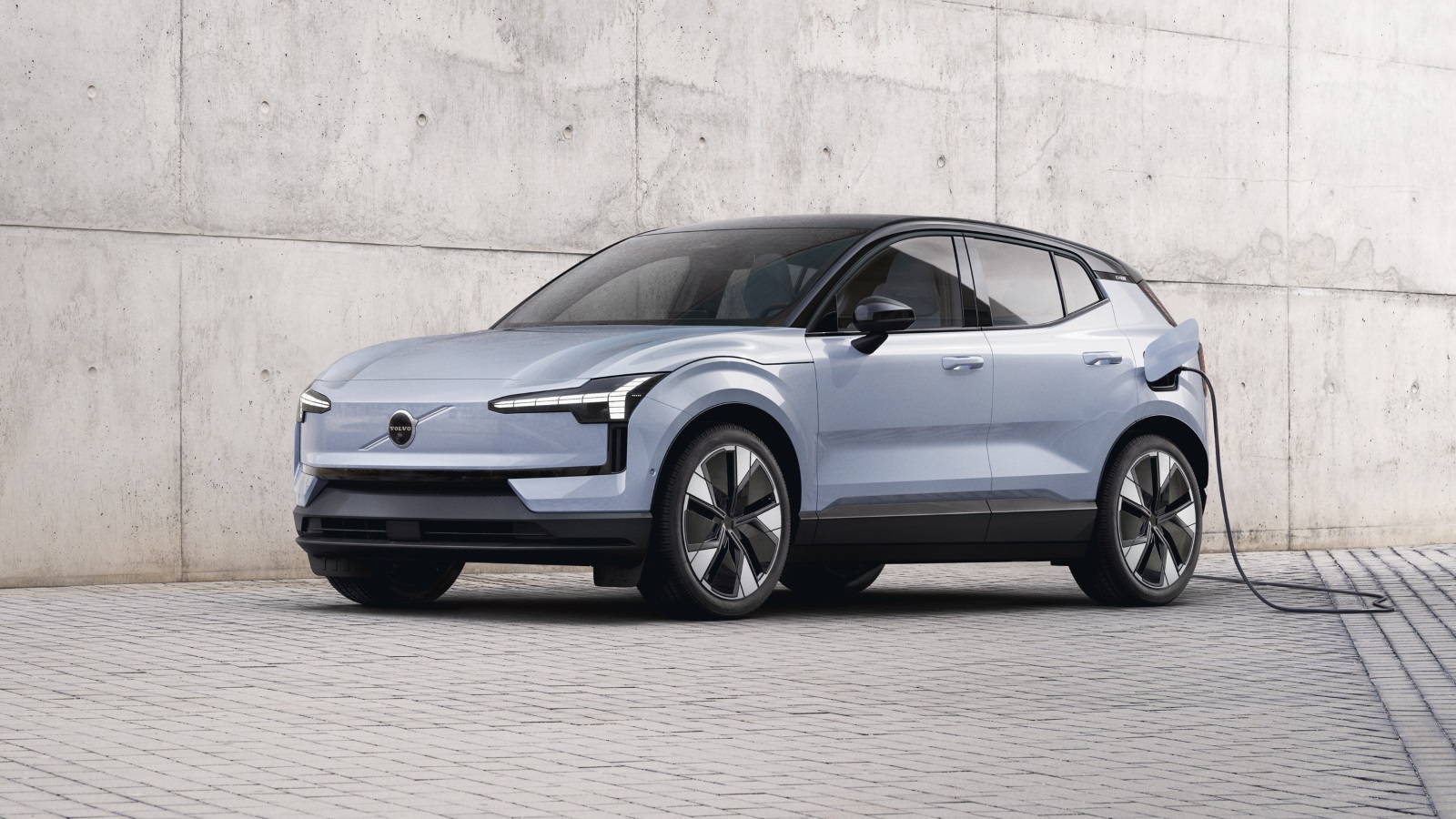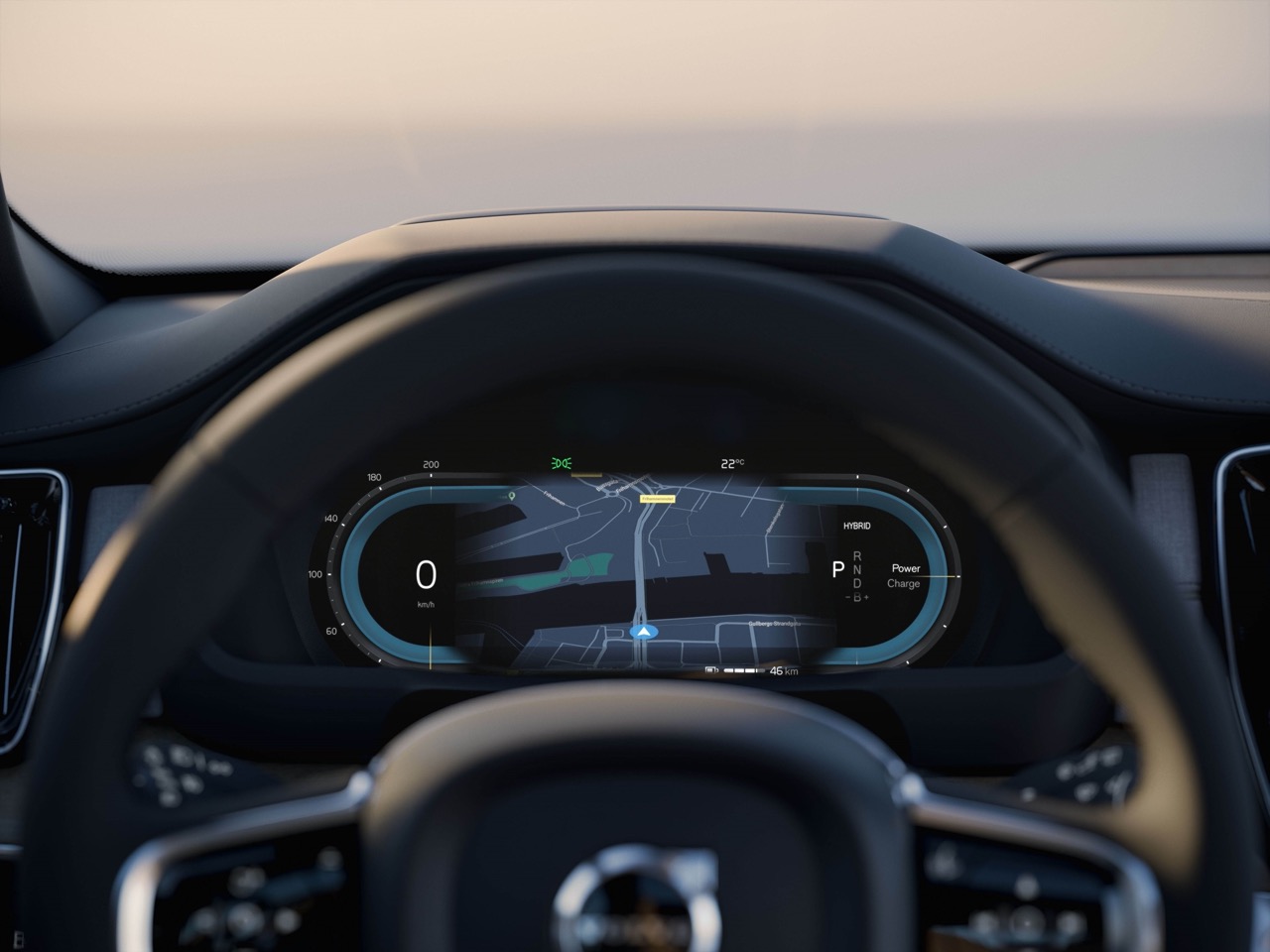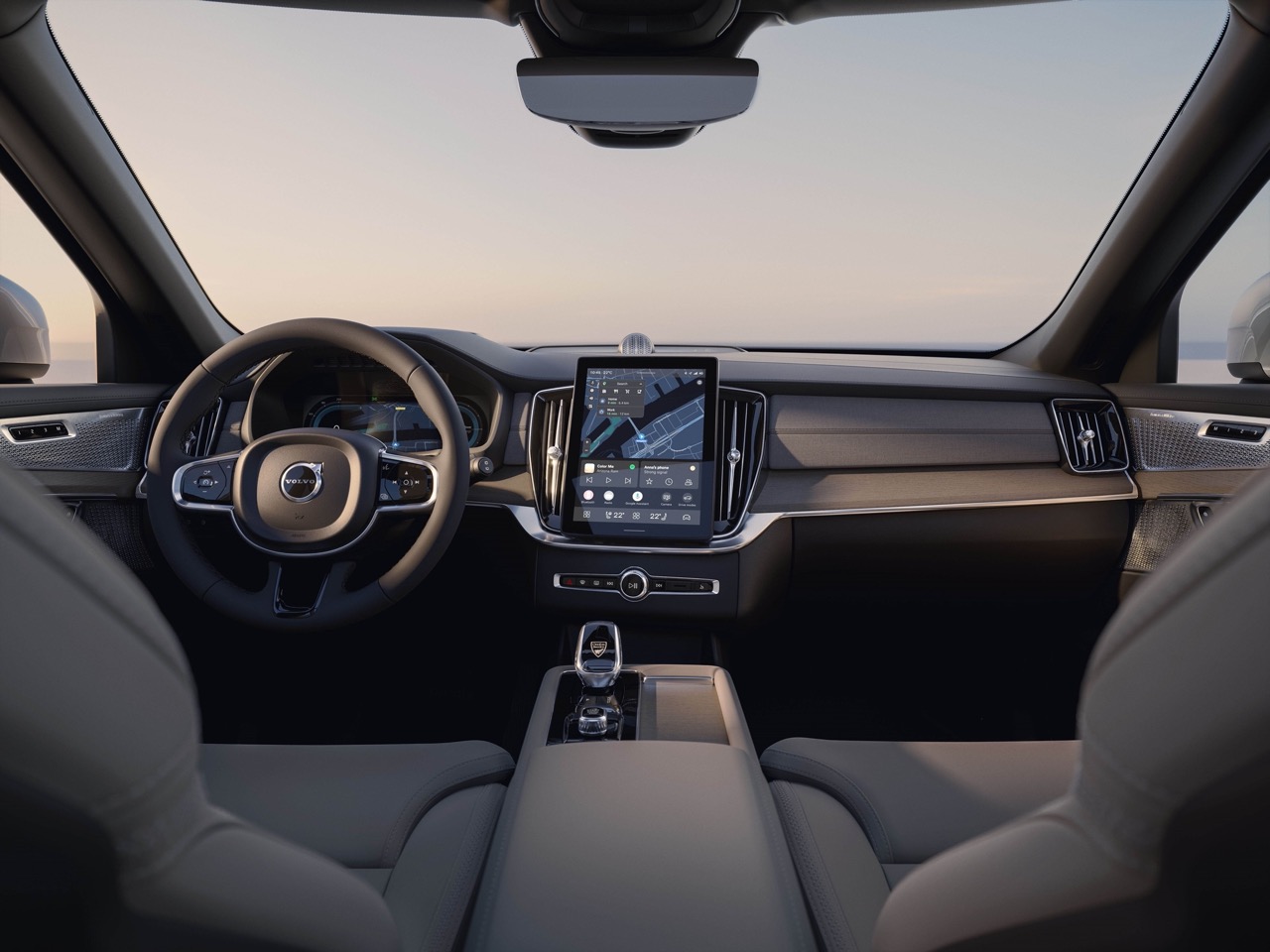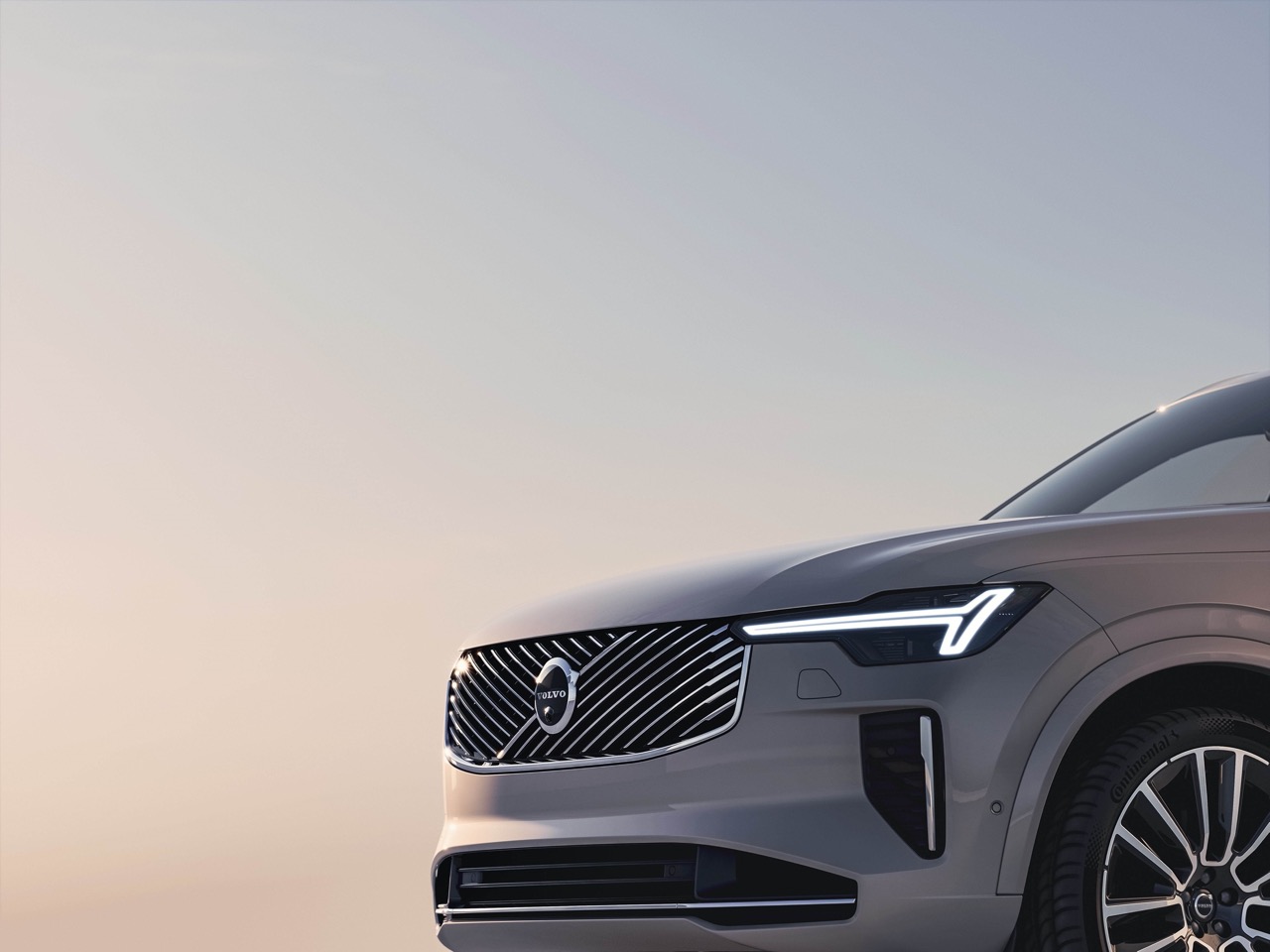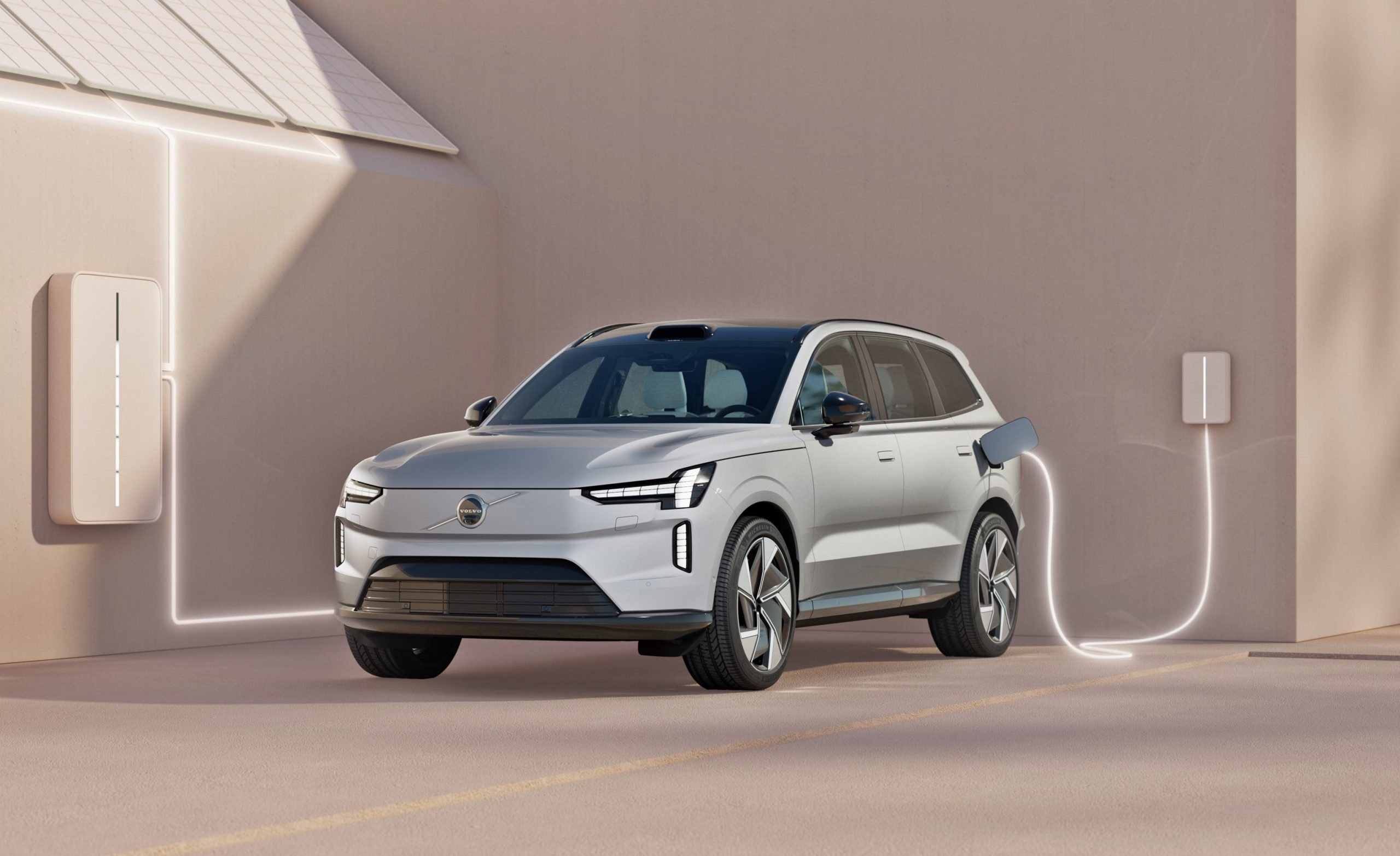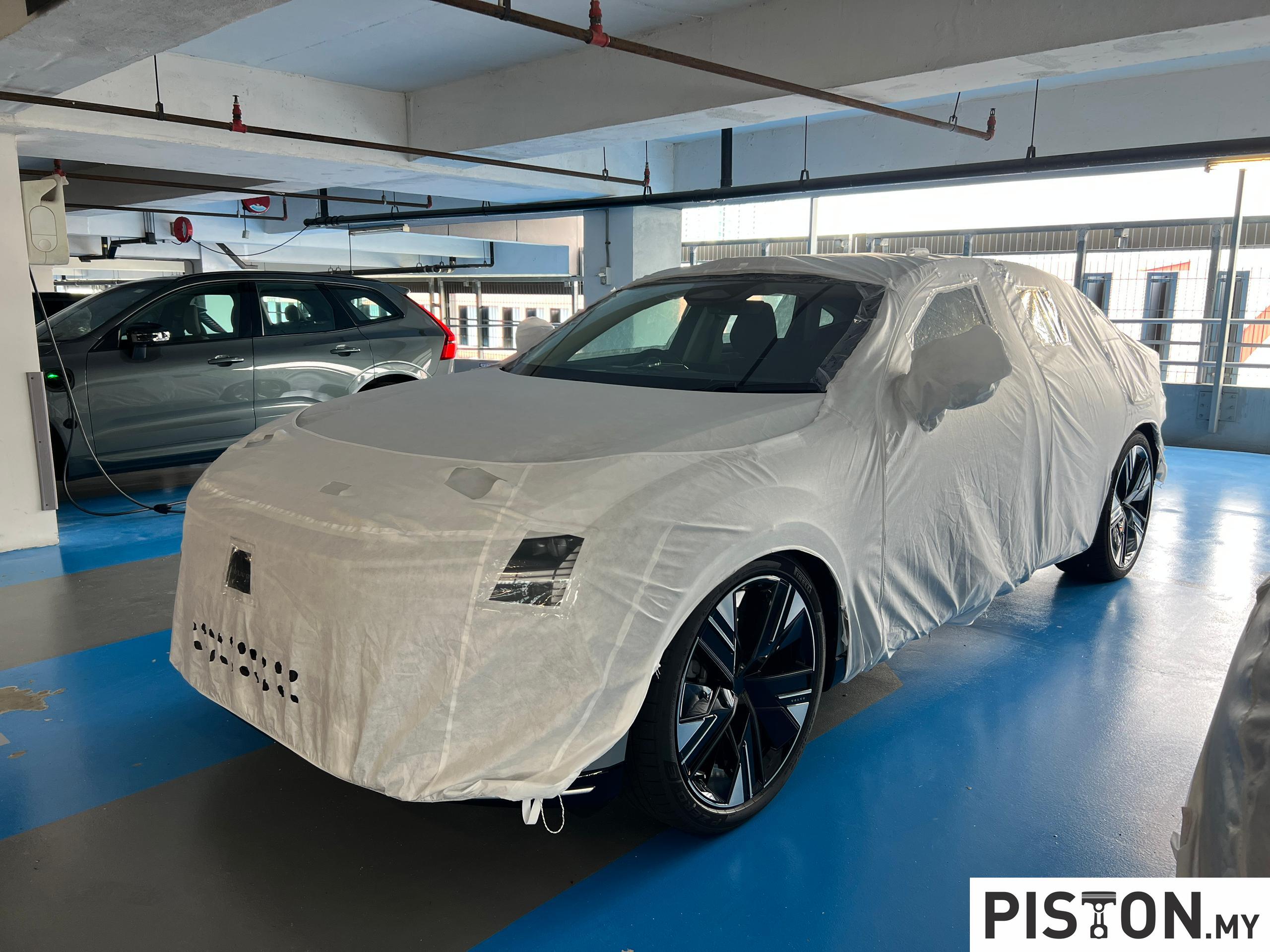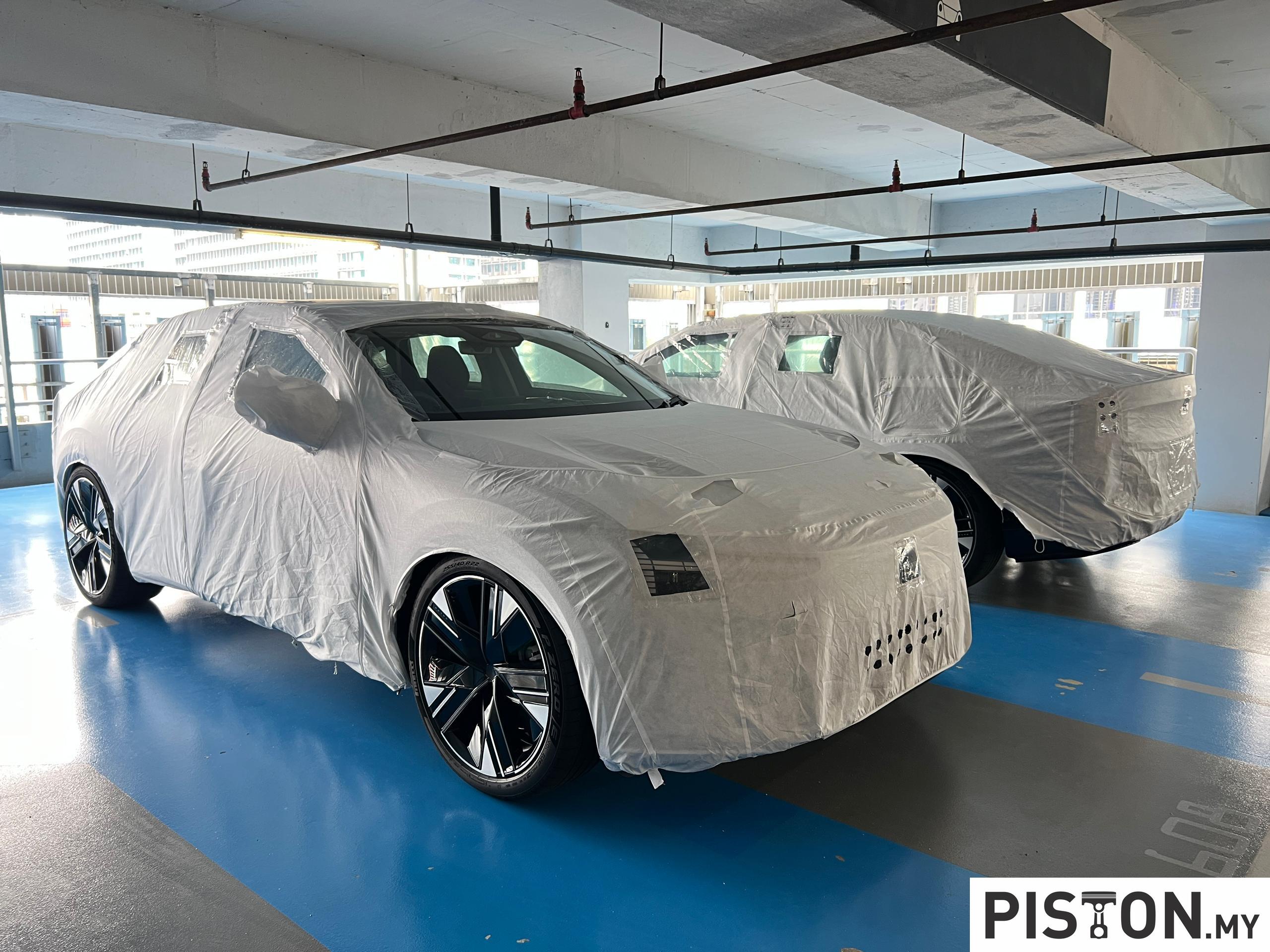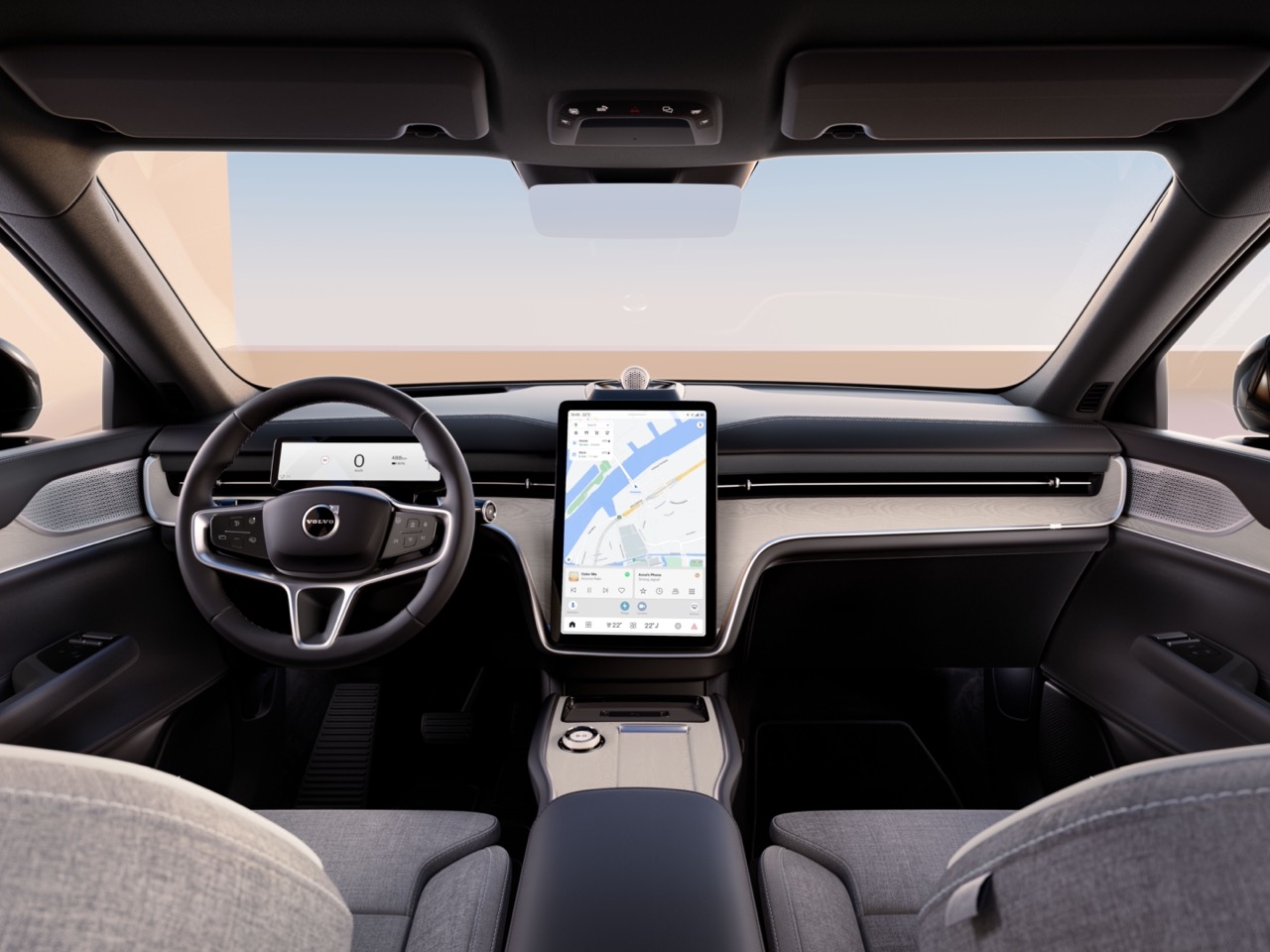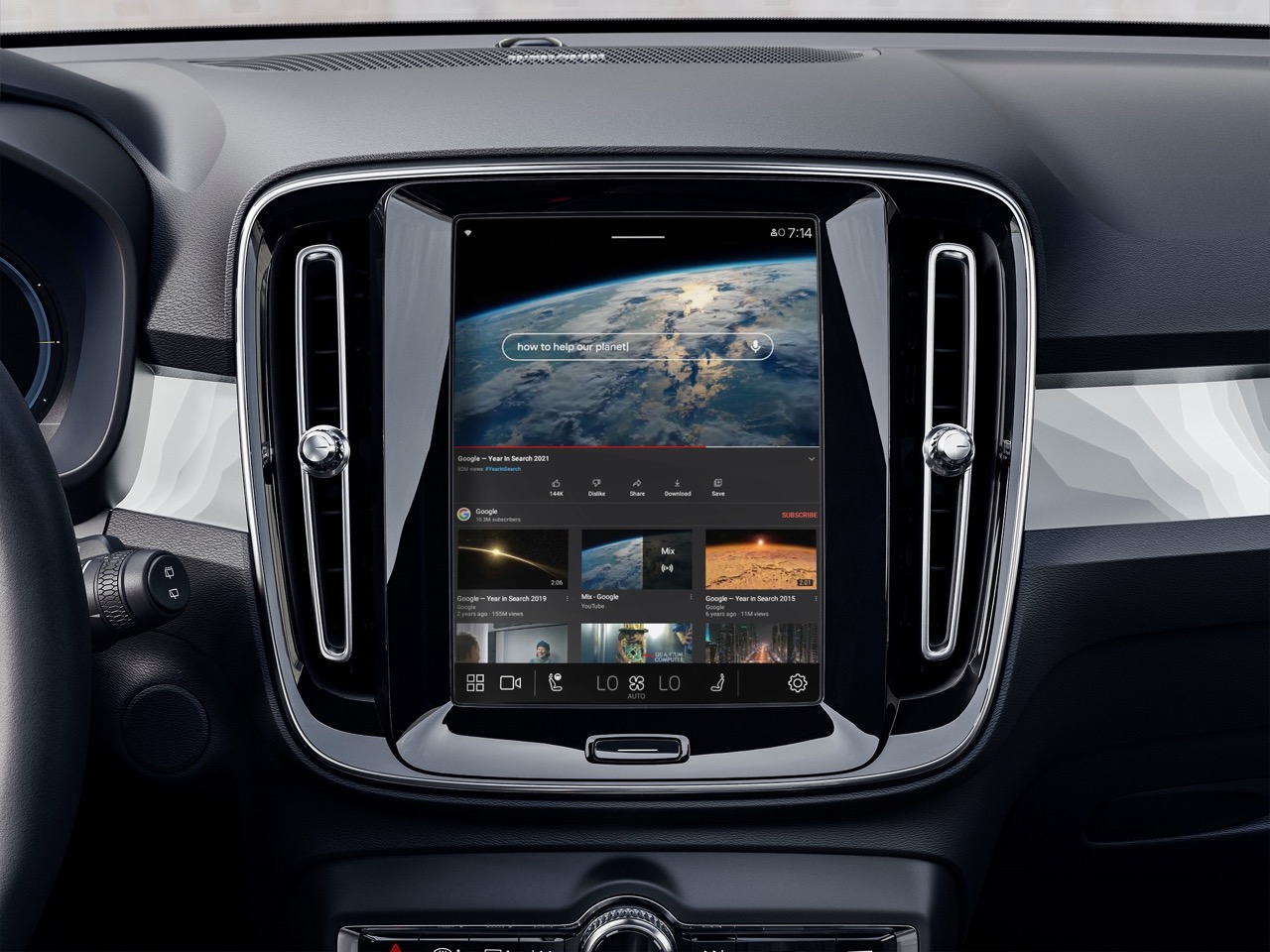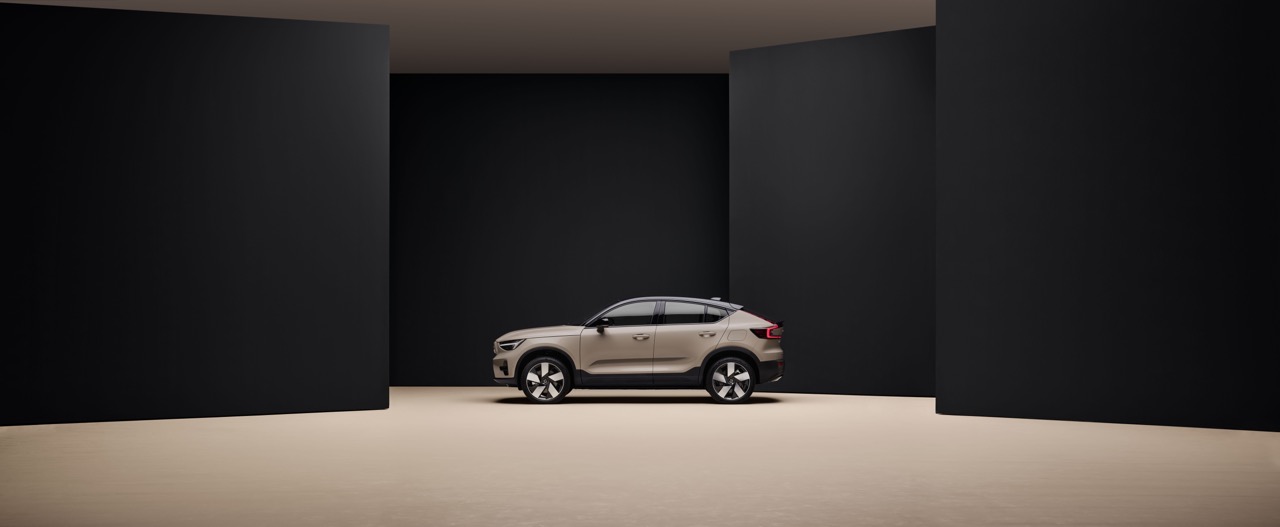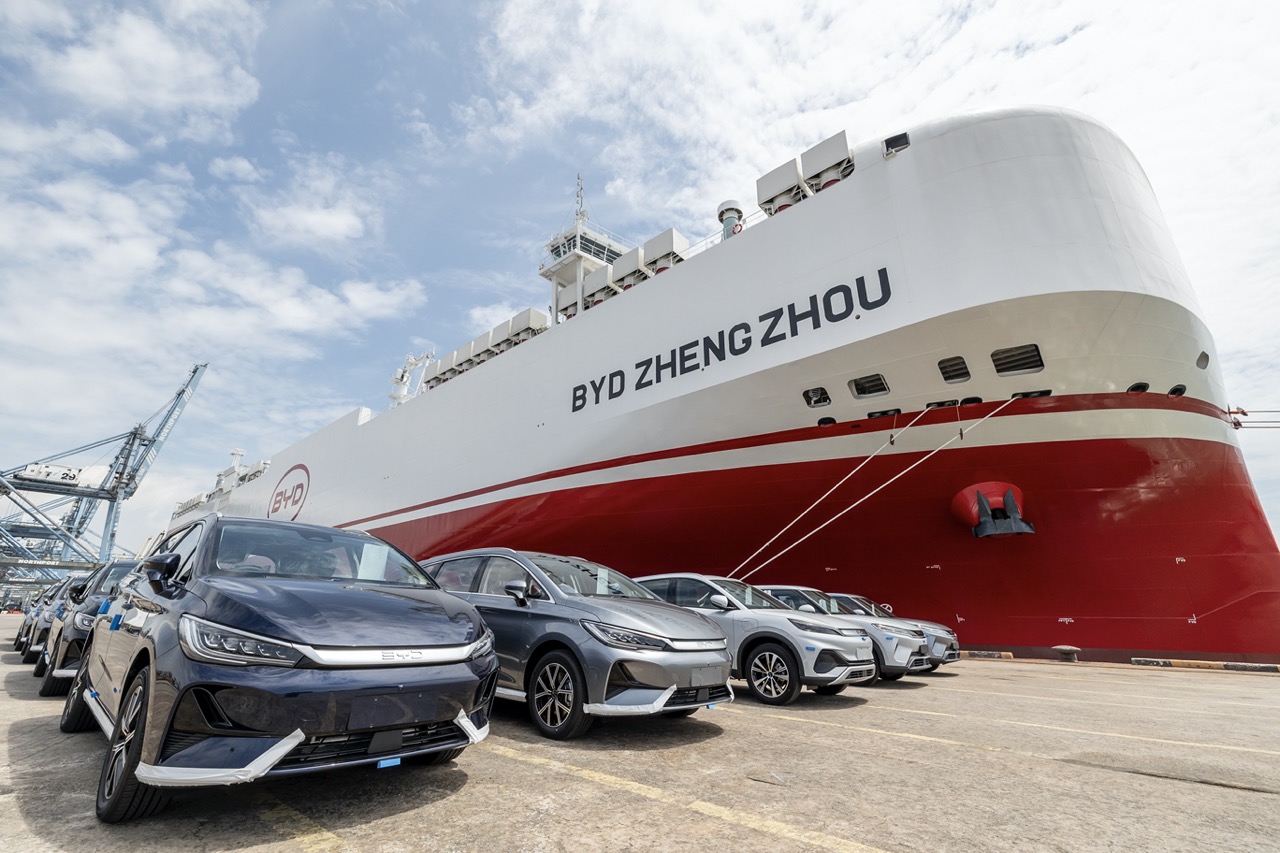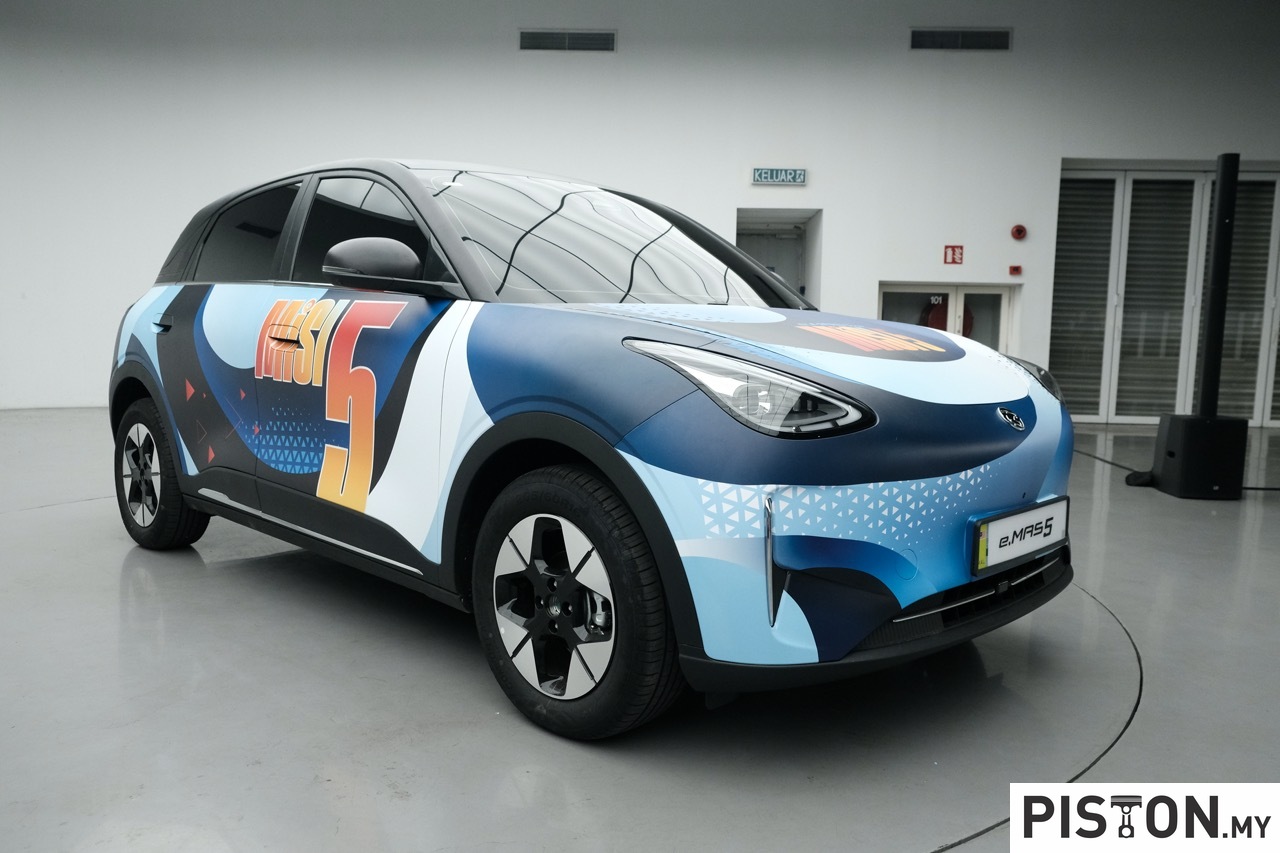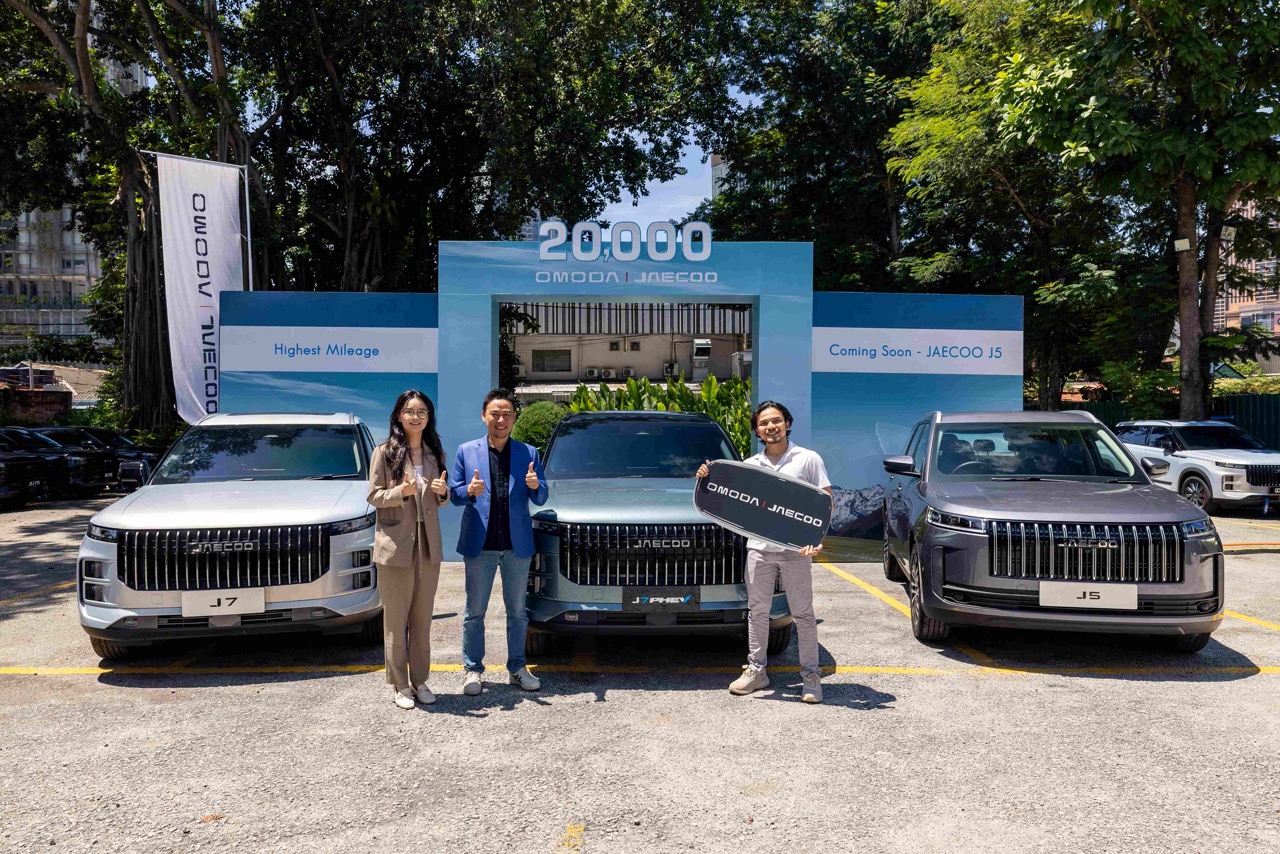Volvo Car Malaysia launched its most anticipated and exciting model, the EX30. This is by far one of the smallest models Volvo has in its lineup and the quickest. We tested it out and did the 0-100km/h sprint in 3.6 seconds, which you can read about here.
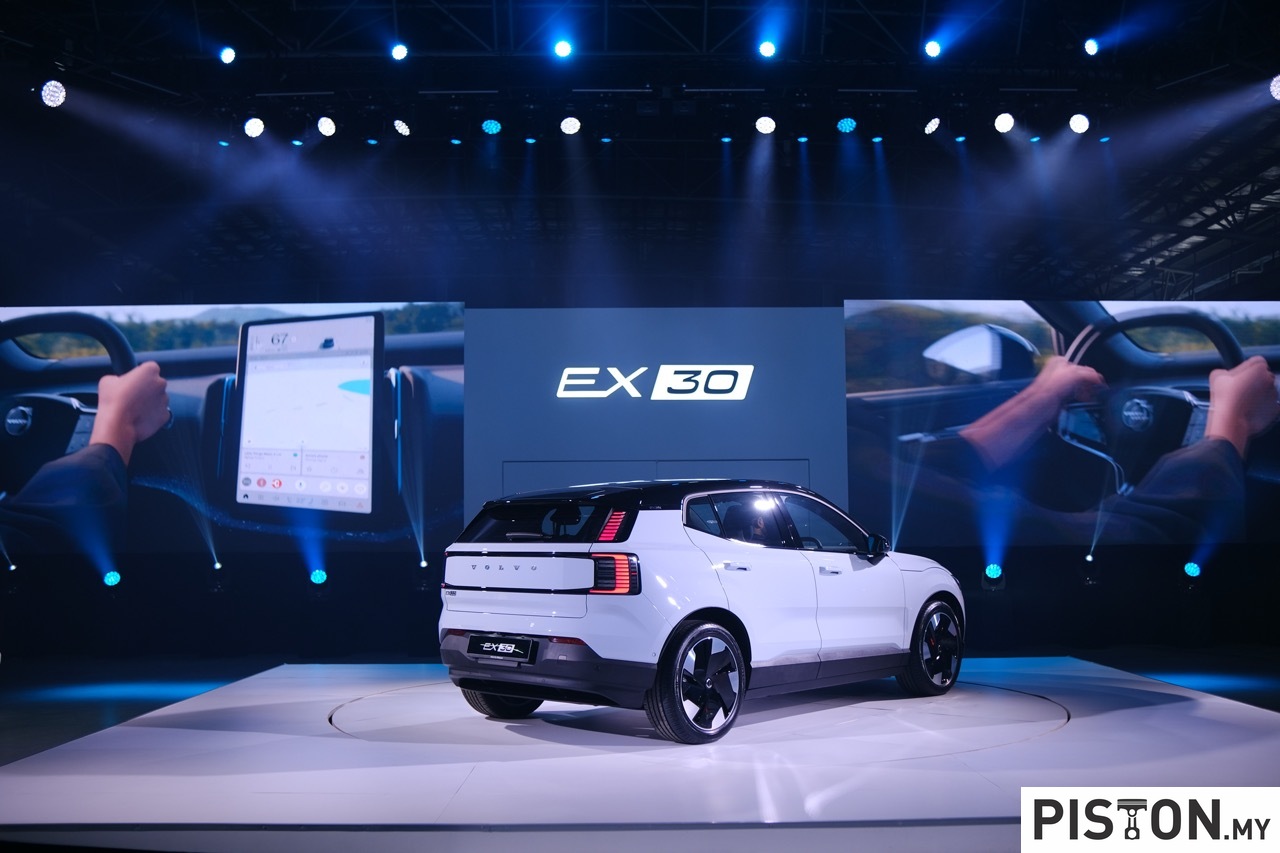
The Volvo EX30, is now available for purchase in Malaysia, offering a combination of cutting-edge technology, safety features, and sustainable design. Aimed at providing drivers with a personal and eco-friendly driving experience, the EX30 is designed for everyday moments and city life, while delivering impressive performance and style.
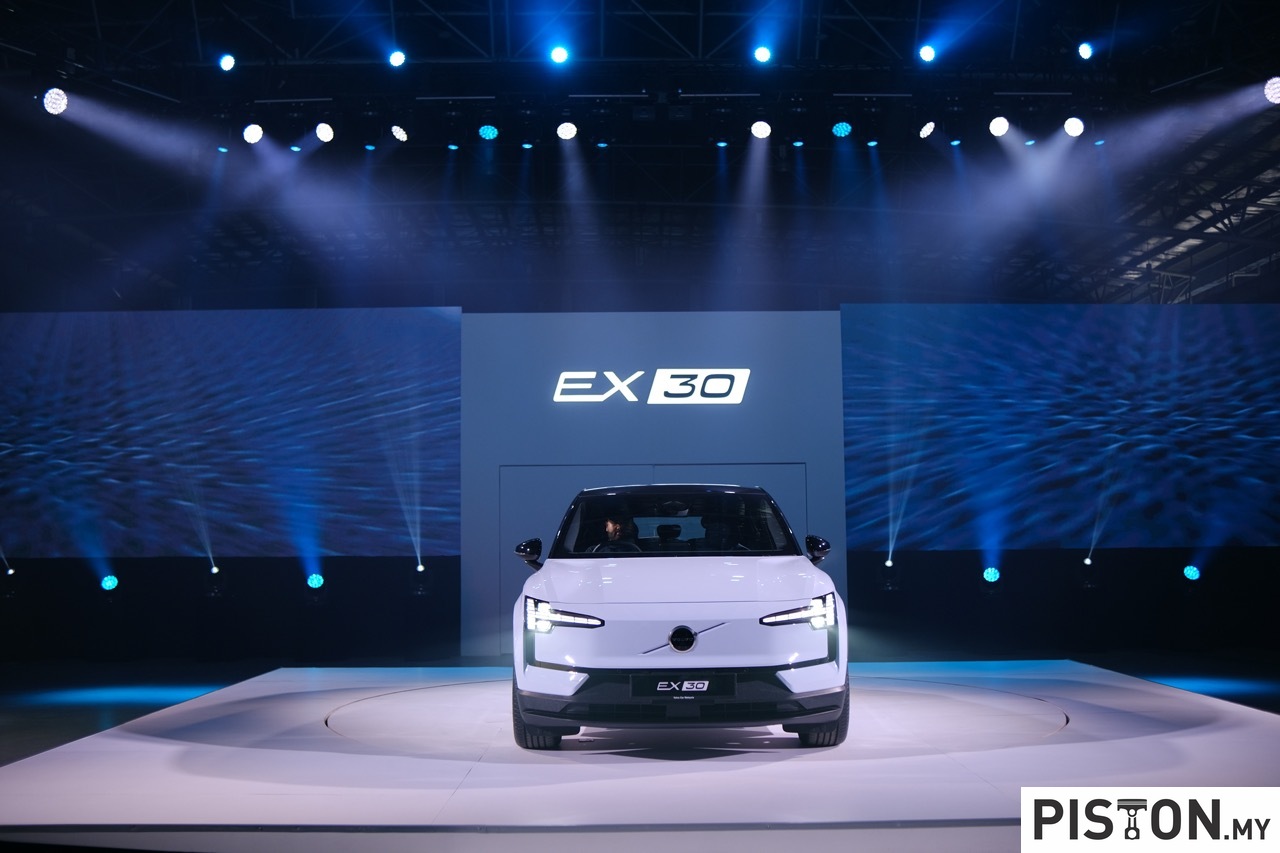
The EX30 sets a new standard for Volvo, boasting the fastest acceleration in the brand’s history. With three variants available in Malaysia – the EX30 Plus, EX30 Ultra, and the high-performance EX30 Ultra Twin – the car caters to a range of driving preferences. The top-of-the-line Ultra Twin variant delivers an impressive 428PS of power and 543Nm of torque, propelling the car from 0 to 100 km/h in just 3.6 seconds. Meanwhile, the single-motor Plus and Ultra models offer 272PS and 343Nm of torque, achieving 0-100 km/h in a respectable 5.3 seconds.
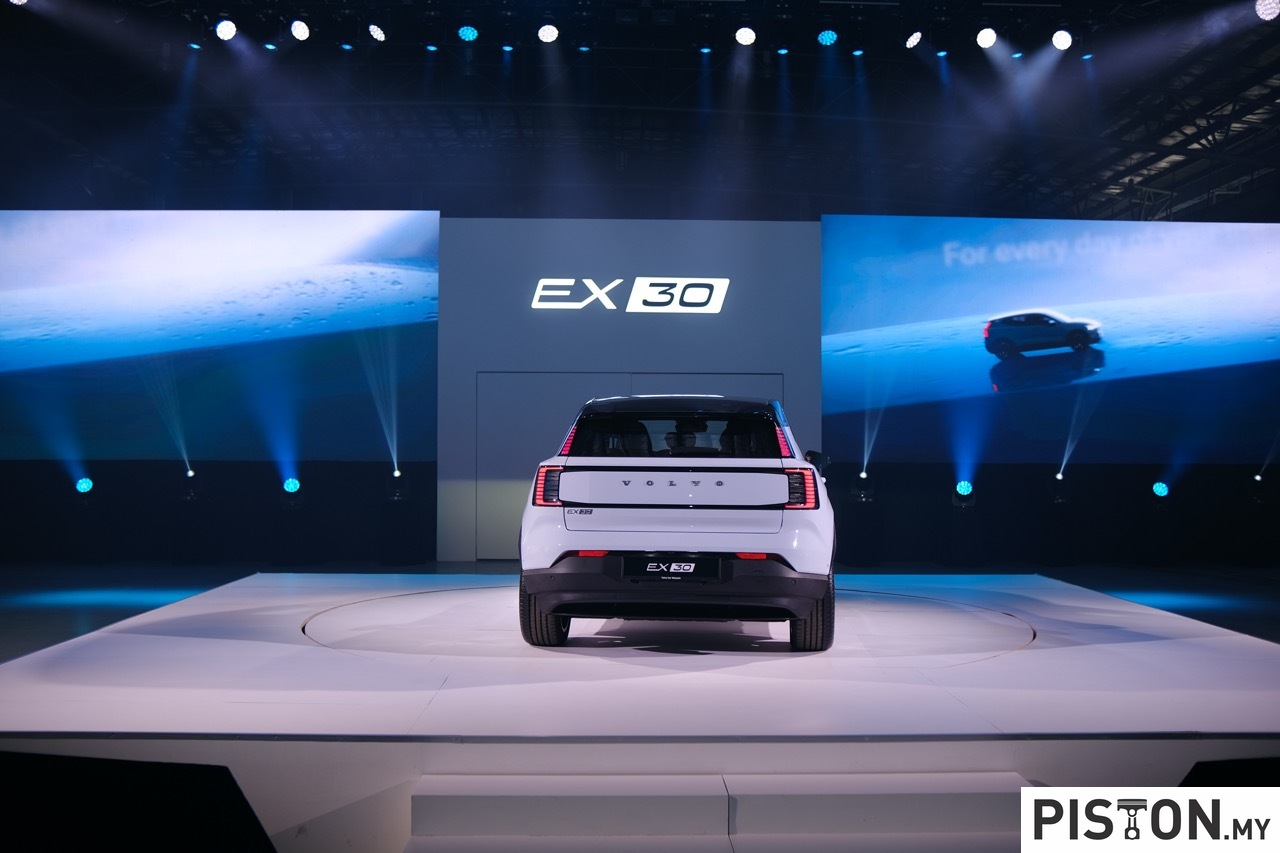
All variants feature a 69 kWh NMC battery, providing a range of up to 476km for the single-motor versions and 450km for the dual-motor Ultra Twin. With 175 kW DC fast charging, the battery can be charged from 10% to 80% in just 28 minutes, ensuring minimal downtime.
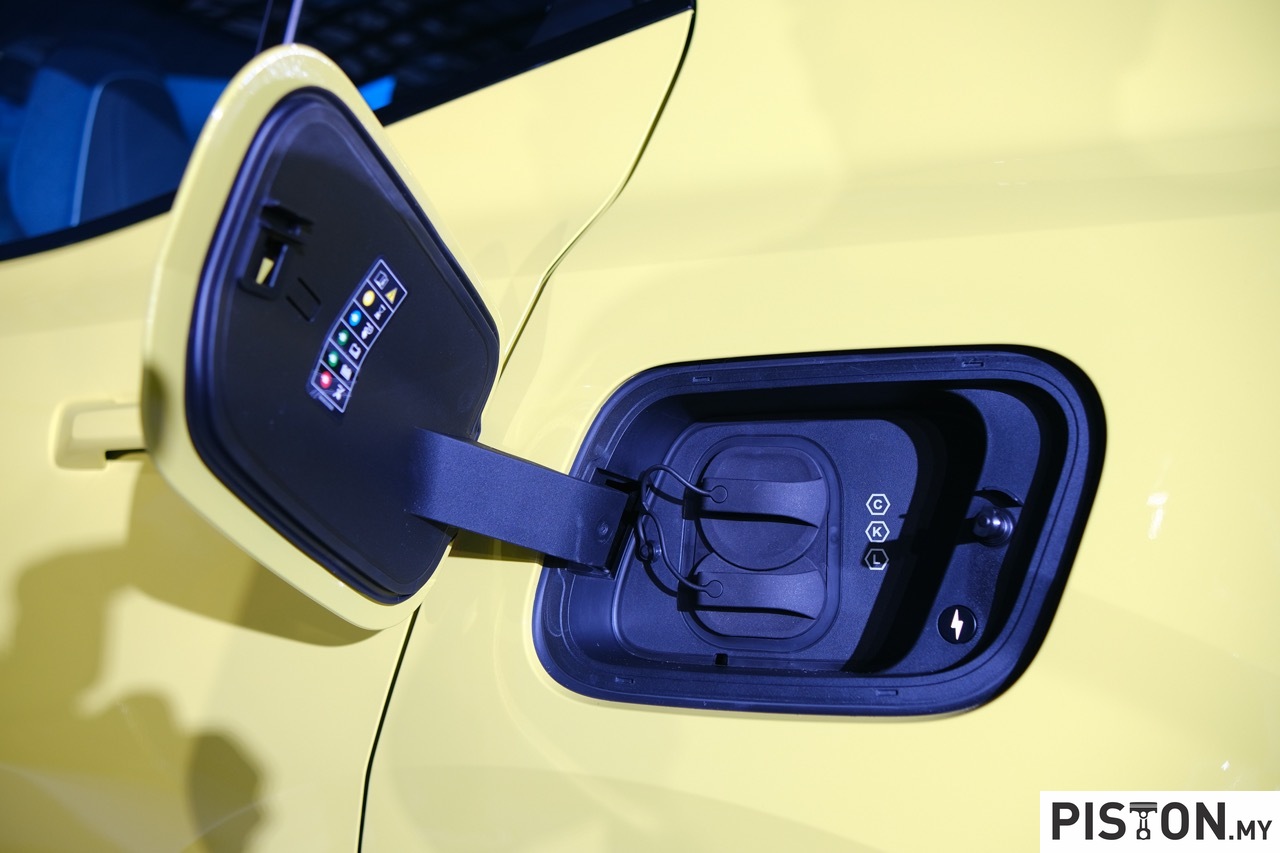
Standard features across all models include LED headlights, 19-inch Diamond Cut alloy wheels, Pilot Assist, a Harman Kardon Premium Sound system, and a full suite of advanced driver assistance technologies. The Ultra variants further enhance the package with Park Pilot Assist, a 360° camera, powered front seats, and a panoramic sunroof.
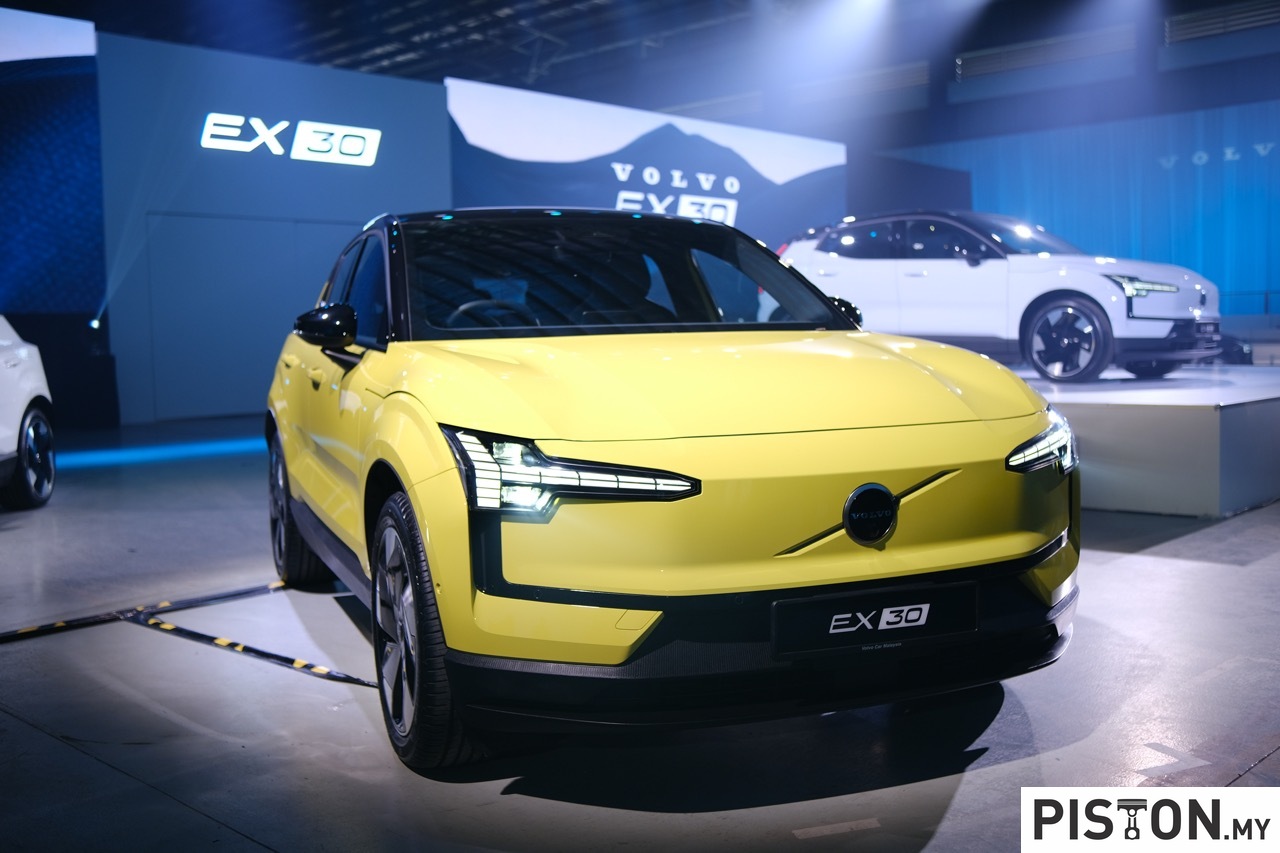
As with all Volvo vehicles, safety is paramount. The EX30 comes equipped with the Safe Space Technology suite, which includes radars, ultrasonic sensors, and cameras to monitor the environment. New safety innovations, such as a door opening alert to prevent collisions with cyclists, automatic braking for front cross-traffic and intersection turns, and automatic steering avoidance for vulnerable road users, are also included.
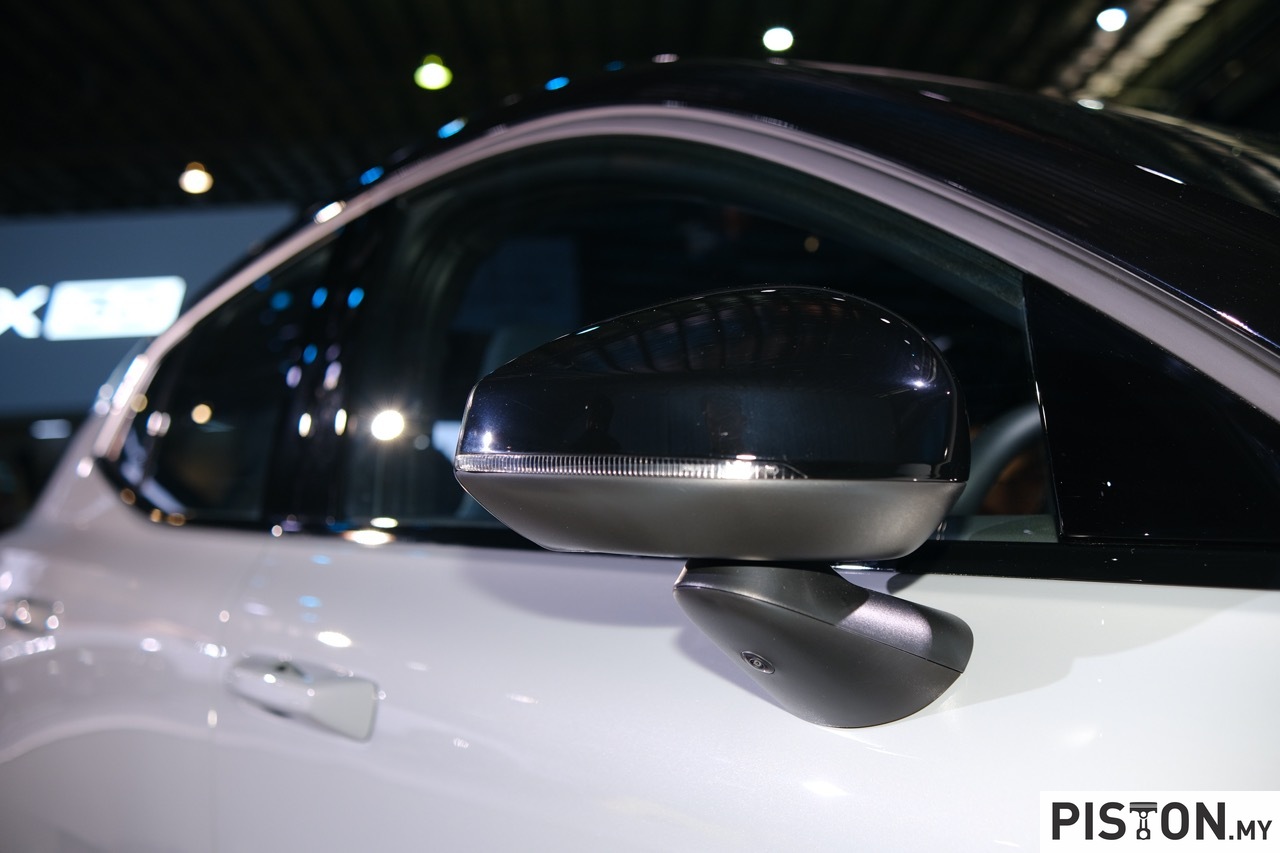
Volvo has also introduced the Park Pilot Assist, capable of handling complex parking situations, including parallel, perpendicular, and diagonal spaces, making parking easier and more convenient.
The EX30’s compact size and agile design make it perfect for navigating busy city streets. Its urban-friendly dimensions, combined with bold styling, such as wide headlights and fenders, give it a confident, modern look. Inside, the minimalist cabin features five interior ambient light themes inspired by Swedish nature, offering a relaxing and immersive environment.
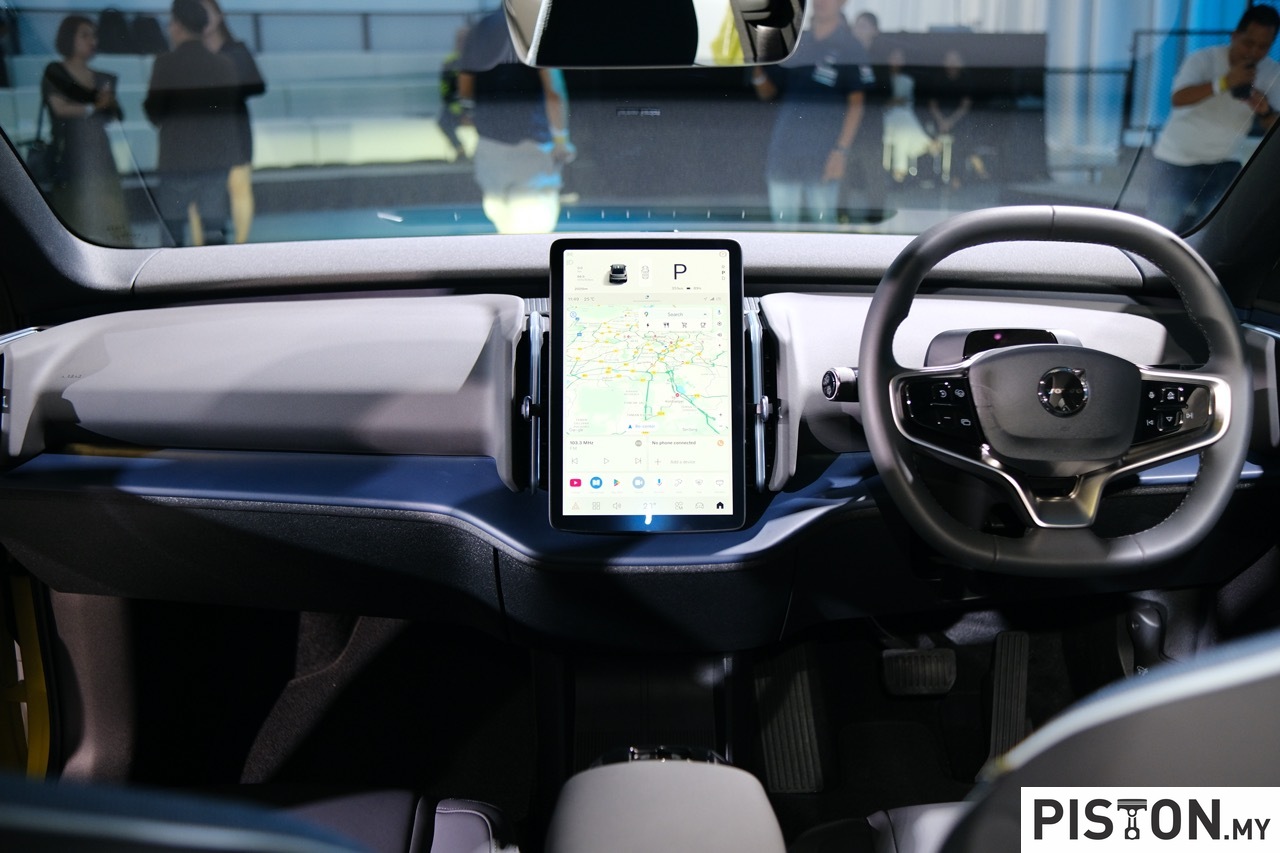
Unique storage solutions, including a wireless phone charging slot, sliding cupholder, and removable rear storage box, maximise space, while a large 318-litre rear luggage space provides ample room for daily essentials. A hidden 61-litre storage compartment adds an extra layer of practicality.
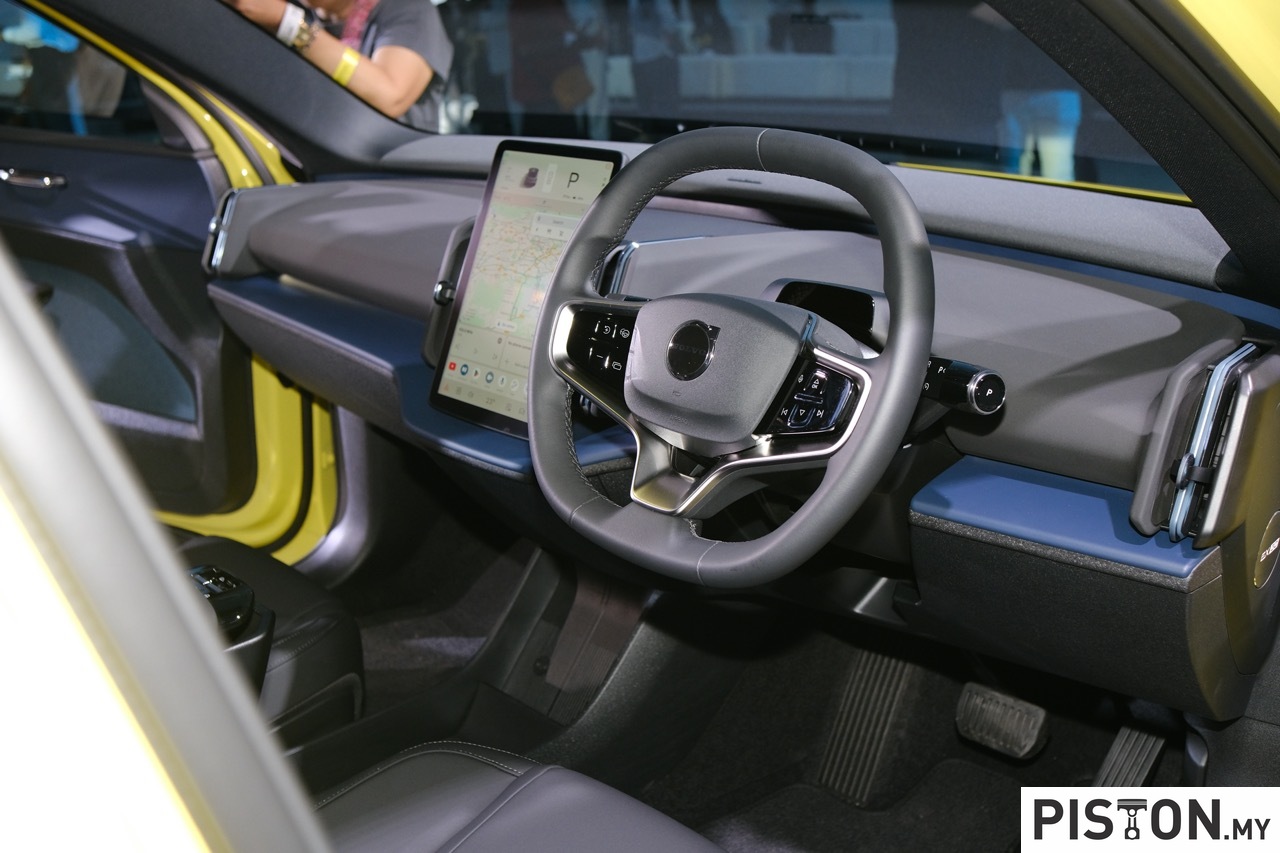
The EX30 is the first Volvo to feature a Harman Kardon soundbar, inspired by home audio systems, for high-quality sound without taking up valuable space.
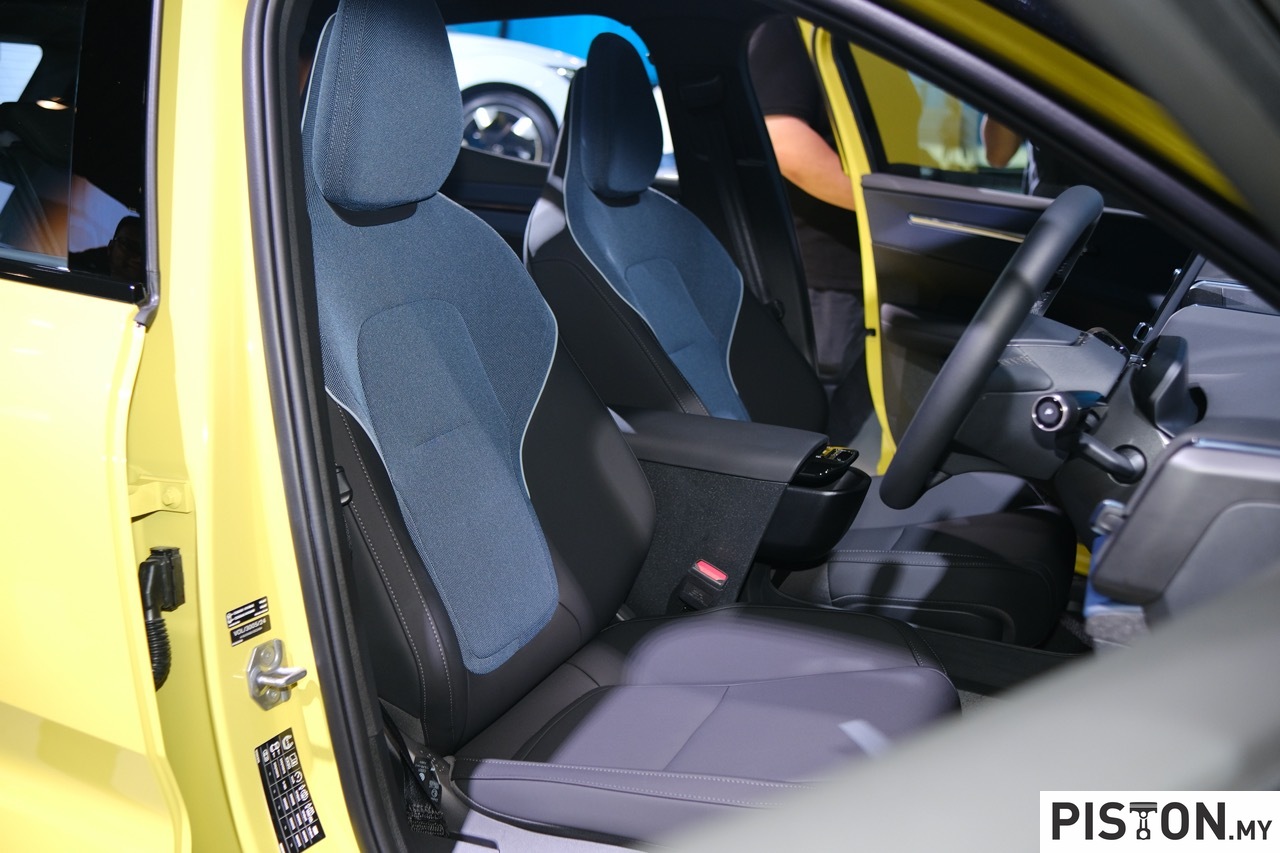
Volvo’s commitment to sustainability is evident in the EX30. Built with recycled and renewable materials, including upcycled denim textiles and recycled PET content, the car has the lowest carbon footprint of any Volvo vehicle to date. The EX30 is a testament to Volvo’s ambition to reduce emissions and lead the way in sustainable electric mobility.
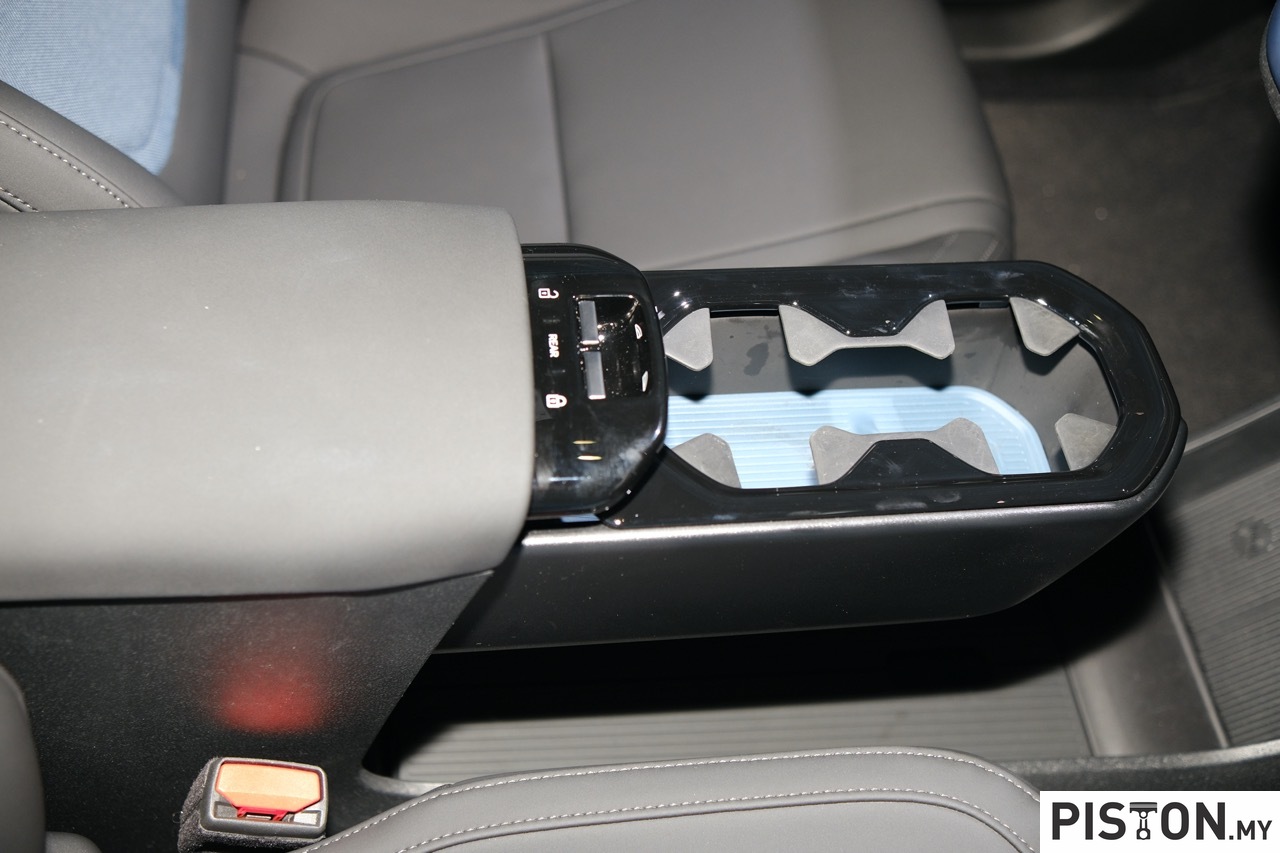
The Volvo EX30 starts at RM188,888 for the Plus variant, while the Ultra is priced at RM208,888, and the Ultra Twin Performance at RM228,888. For customers in Sabah and Sarawak, the pricing is slightly lower. Each purchase includes a five-year complimentary Volvo Service Plan (VSP), 24-hour roadside assistance, and an eight-year warranty on the battery pack.
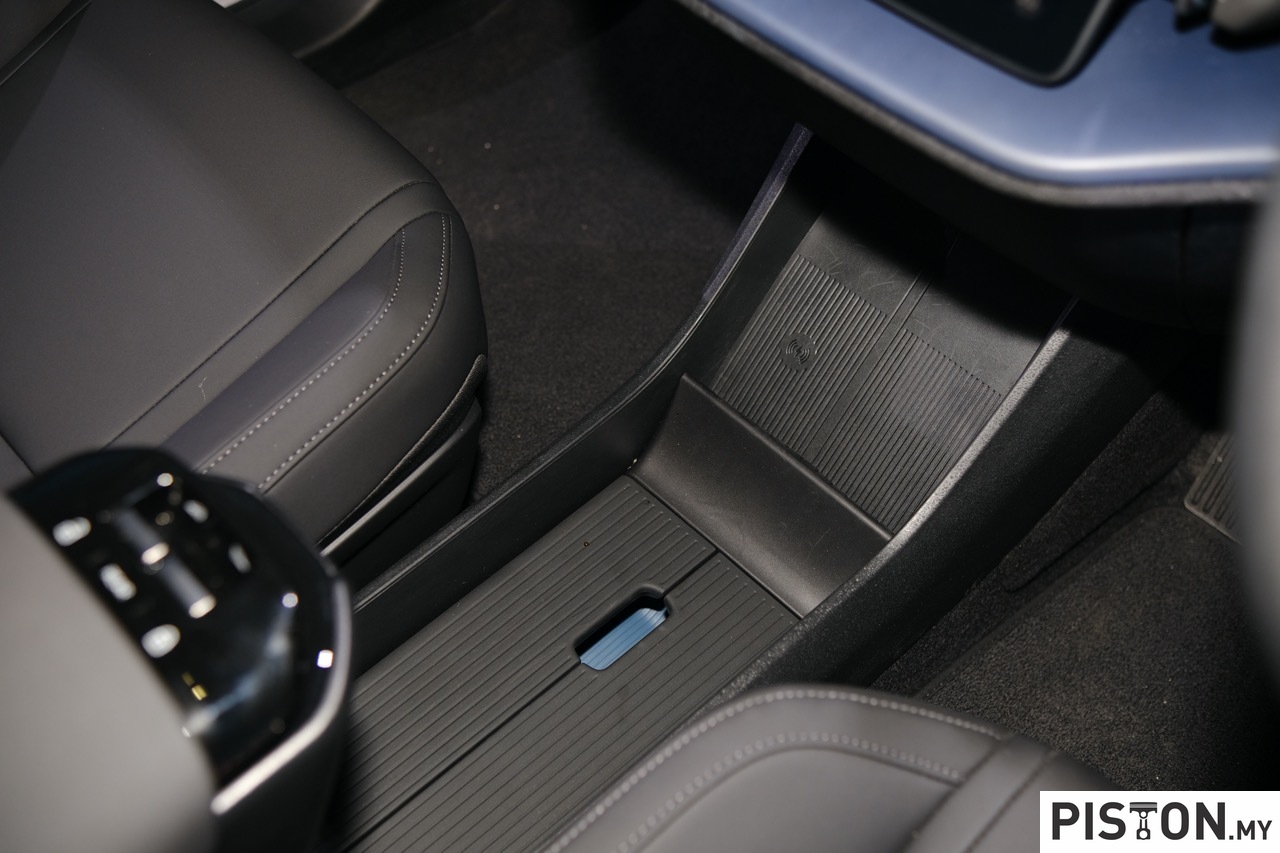
To learn more or to place an order, visit Volvo’s official website or your nearest dealership. Attractive financing options are available, with monthly payments starting at RM1,588 and exclusive rates for the first 100 orders.
With its sleek design, powerful performance, and innovative features, the Volvo EX30 is set to redefine urban electric mobility in Malaysia.



